This is one of America's premier art museums. I had no idea that Kansas City was the host town to this incredible place. What an expected treat! I only know about the art museums I've visited and I am so happy that this one has been added to the list. The worldwide collection consists of over 35,000 works of art ranging from ancient times to modern day. This post includes some of our favorites after visiting today.
View of the front and rear of the museum buildings.
We began (and ended) our visit in the Bloch Building. Here are some pieces from the Contemporary Art exhibit.
Andrew Wyeth, Thin as Vanity (1981)
Roy Lichtenstein, Still Life with Brush, Shell and StarFish (1972).
Andy Warhol, Little Campbell's Soup Can (1962)
Daniel Judd, Large Stack (1968)
African Art Exhibit: Bowl Carrier for Shango Shrine, Nigeria (c 1900); Throne, Bonsoa Culture (Late 1800s).
Isamu Noguchi's Sculpture: Endless Coupling (1971) and Six-foot Energy Void (1971-1985).
American Art: Tiffany Studios, Floor Lamp (c 1906); Frank Lloyd Wright, Armchair (1920).
Frederic Remington, Hostiles Watching the Column (1896)
Winslow Homer, Gloucester Harbor (1873)
Gorham Manufacturing Company, Tea Service (1886-1888)
Workshop for Nathaniel Gould, Chest-on-Chest (c 1760)
Jean Baptiste Dubuc, Mantel Clock, (1806-1817)
Thomas Cole, The Mill, Sunset (1855)
Native American Art: Tobacco and Medicine Bags; Kiowa Cradle (c 1915), Toy Cradle, and Doll (1880); Apache Basket (c 1885).
Japanese Art: Amida Nyorai (Buddha of the Western Paradise), Murochi Period (1392-1568)
Ando Hiroshiga, Famous Places of Kyoto (woodblock prints) (c 1834): Gion Shrine in the Snow, Maple Leaves at Tsutenkyo, The Cool Evening at Shijo, Cherry Blossoms at Arashiyama.
Chinese Art; Procession of the Empress as Donor with Her Court, Wei Dynasty (c 523); Shrine of Shakyamui Buddha, Northern Wei Dynasty (c 494); and Guardian Lion, Tang Dynasty (c 681)
Glazed Porcelain, Kangxi era (1662-1722); Twelve-Panel Coromandel Screen Q'ing Dynasty (1644-1911) and Clothes and Hat Cupboard, Ming Dynasty (1368-1644); and Canopy Bed with Alcove, Ming Dynasty.
South Asian Art: Durga, South Indian, Vijayamagar Dynasty (1336-1646 C.E.); and Dancing Ganesha, Central India, Paramar Dynasty (c 9th century C.E.)
Tiled Gateway of Tomb Compund of Prince Ding (c 1750) with Chiimera Tomb Guardians (winged felines) Eastern Han Dynasty (25-220 C.E.). Luohan, Liao Dynasty (907-1125); Model of Multi-Storied Tower, Eastern Han Dynasty; and Chinese Temple, portion from Zhihua Temple in Beijing (15th century).
Funerary Figures, Tang Dynasty (8th century C.E.)
European Art: Caravaggio, Saint John the Baptist in Wilderness (1604); Jusepe de Ribera, The Martyrdom of St. Lawrence (c 1620).
Anthony Van Dyck, Portrait of a Man (c 1620)
Rozzelle Balcony: Auguste Renoir, Adam (modeled 1880); Guardian Lion, Greek from Attica (c 325 B.C.)
Kirkwood Hall and Phaeton Tapestries (one of eight), Belgian (1665-1685)
Impressionists: Camille Pissarro, Poplars, Sunset at Eragny (1894); Paul Guagin, Landscape (1894).
Vincent Van Gogh, Olive Orchard (1889)
Claude Monet, Boulevard des Capracines (1873)
Claude Monet, Mill at Limetz (1888)
Egyptian: Egypt, Lid of Inner Coffin of Mere-i-es (c 380-250 B.C.E.); Mummy of Ka-i-nefer (529-332 B.C.E.) Yes there are human remains in there!
Metjetji with his Sons (2375-2345 B.C.E.)
Roman Sarcophagus (mid-2nd century).
European: Scenes from the Life of St. Catherine of Alexandria, France (13th century); Scene from the Passion of the Christ: The Crucifixion, France (1460-1480).
Altarpiece with Scenes from the Life of the Virgin, Spanish (1420-1430)
View of the gallery
Medieval Cloister, France (14th century).
El Greco, The Penitent Magdalene (c 1580-1585)
Titian, Antoine Perrenot de Granville (1548)
Every visit to an art museum feeds my soul. How on earth can people create these unbelievable works of art? The range of history and imagination represented here is astounding! Love, love, love it.
Admission to the museum is free. A self-guided Mobile Guide Tour is available that provides insight into the highlights of the collections. Follow the steps in front of the museum to see the sculpture garden. There are various pieces near the perimeter of the museum, but many of the sculptures are displayed in the large 22-acre garden. We may return to tour it if we have the time. A map of it is included with the one of the interior of the museum provided at the information center.
Perhaps the most famous outdoor sculptures here are the Shuttlecocks by Claes Oldenburg (Sweden) and Coosje van Bruggen (American), 1994.
For additional information about the collections, hours of operation (the museum is closed Mondays and Tuesdays), and more, visit their website.
Website: www.nelson-atkins.org
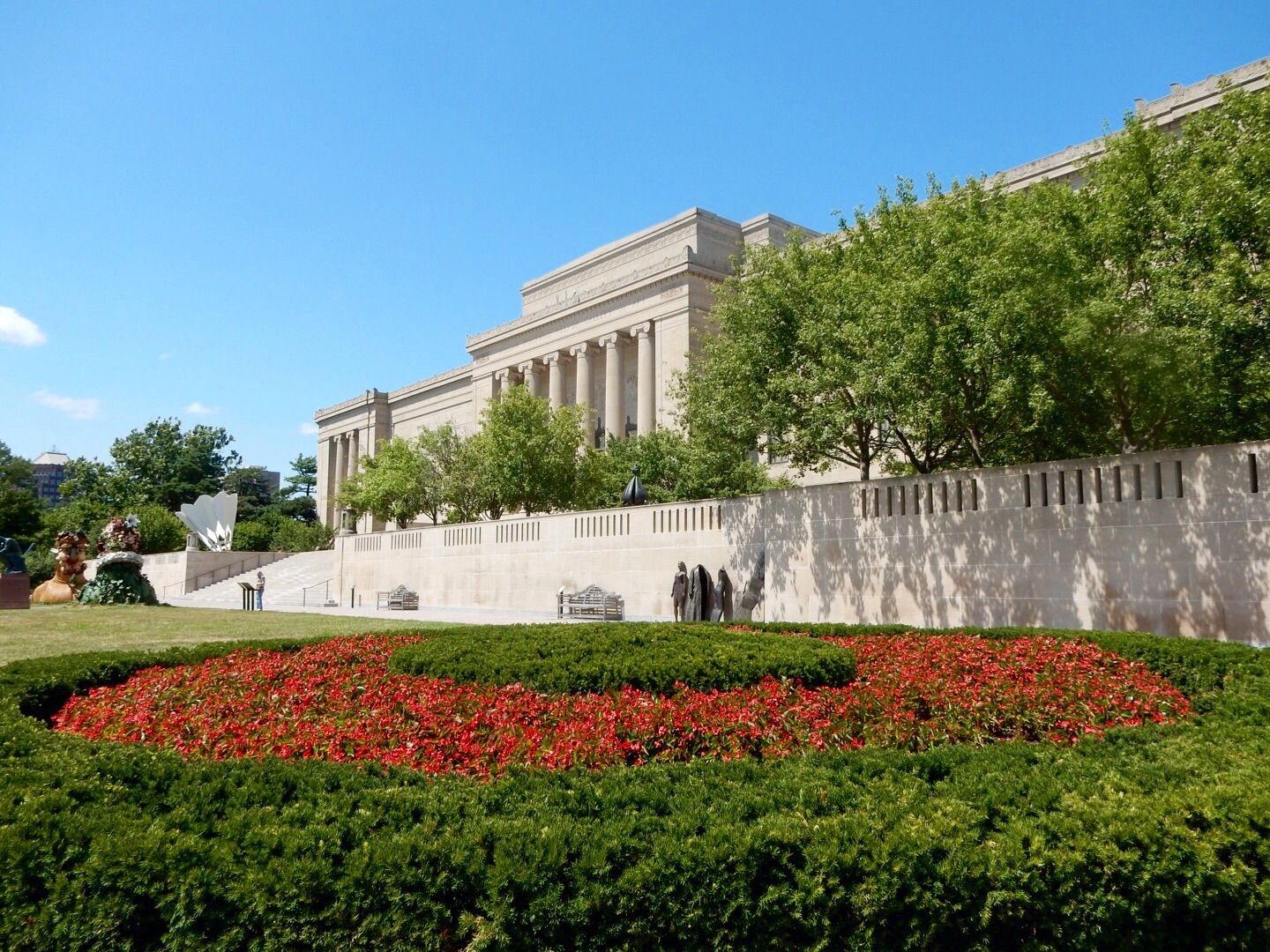
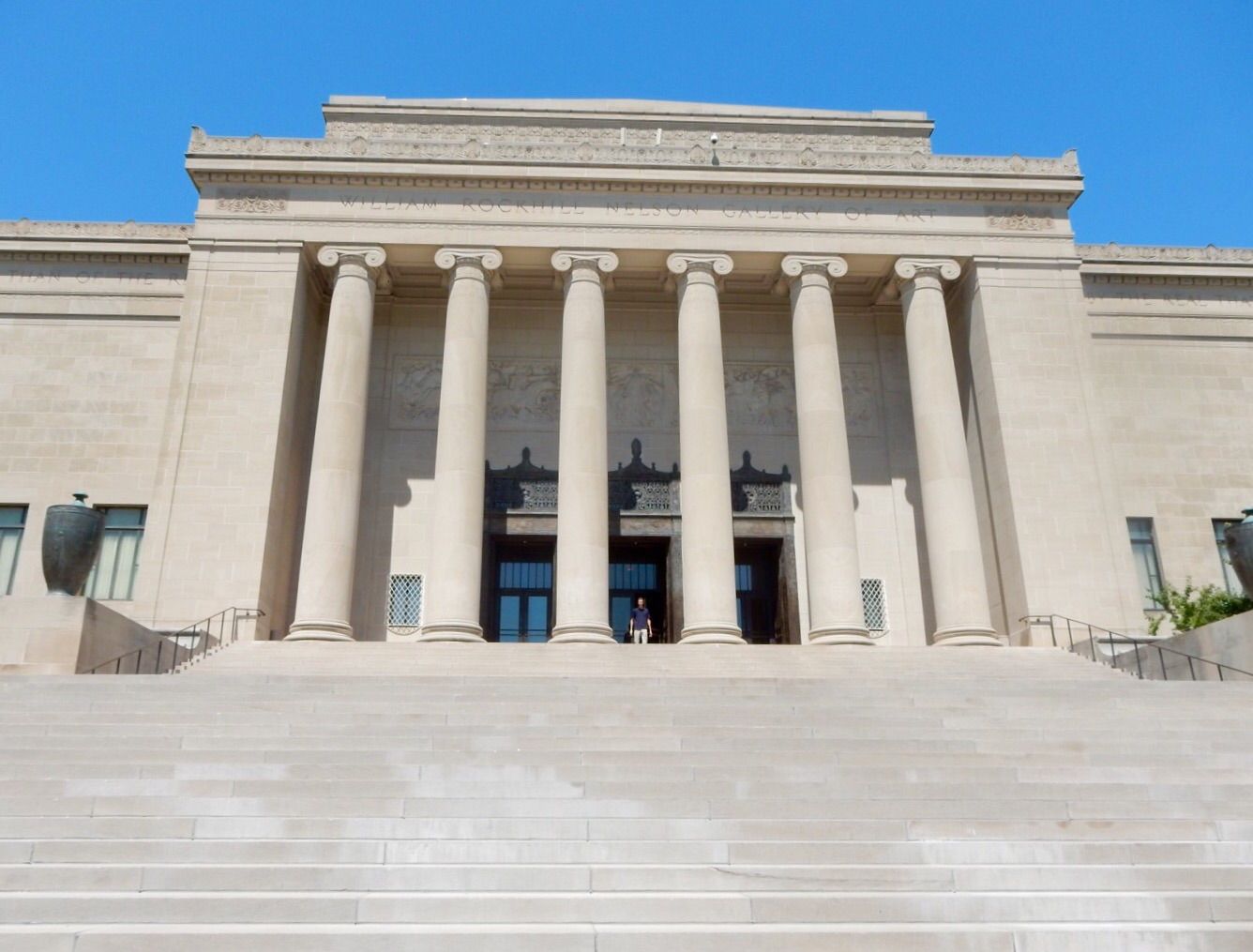
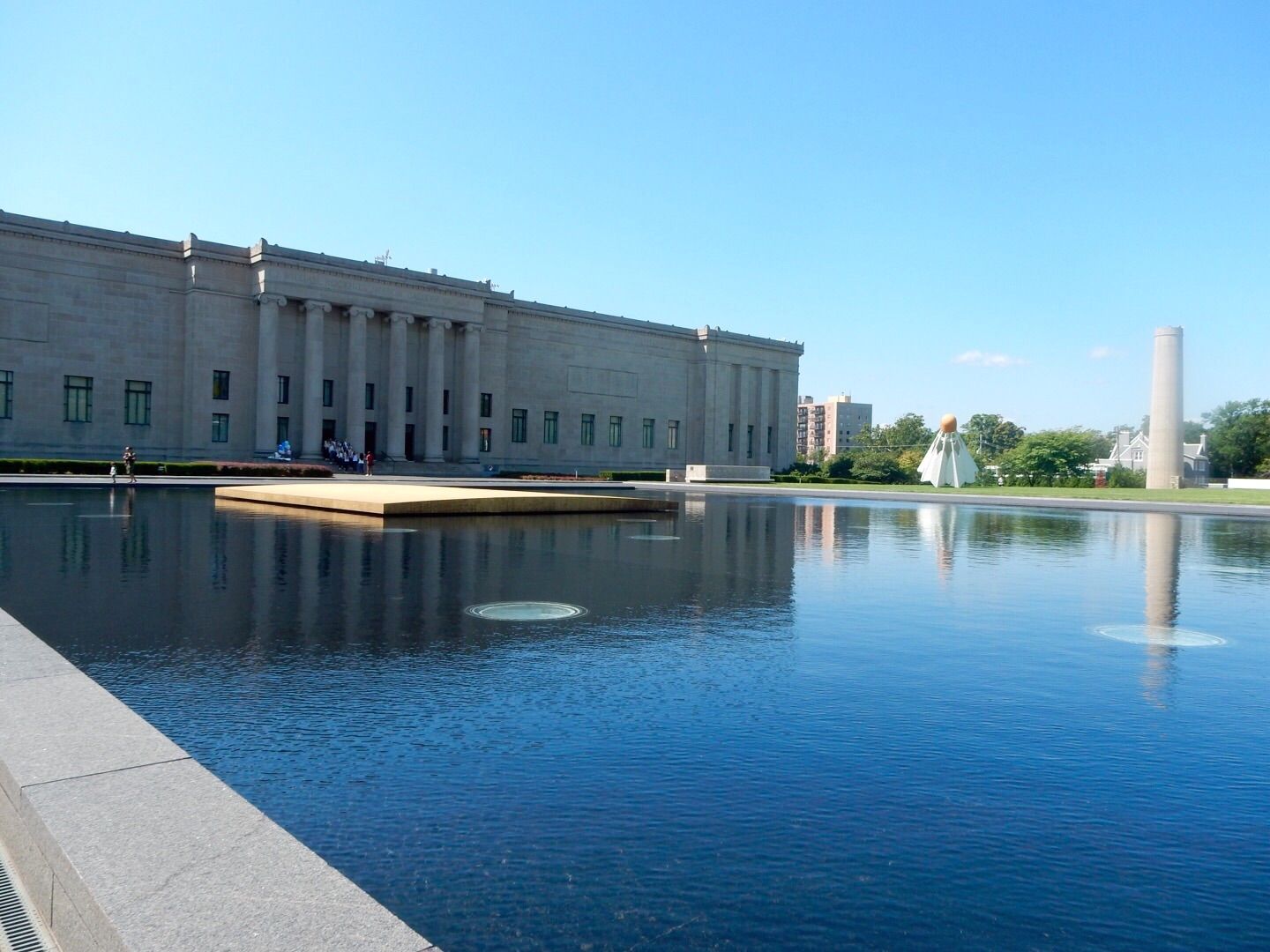
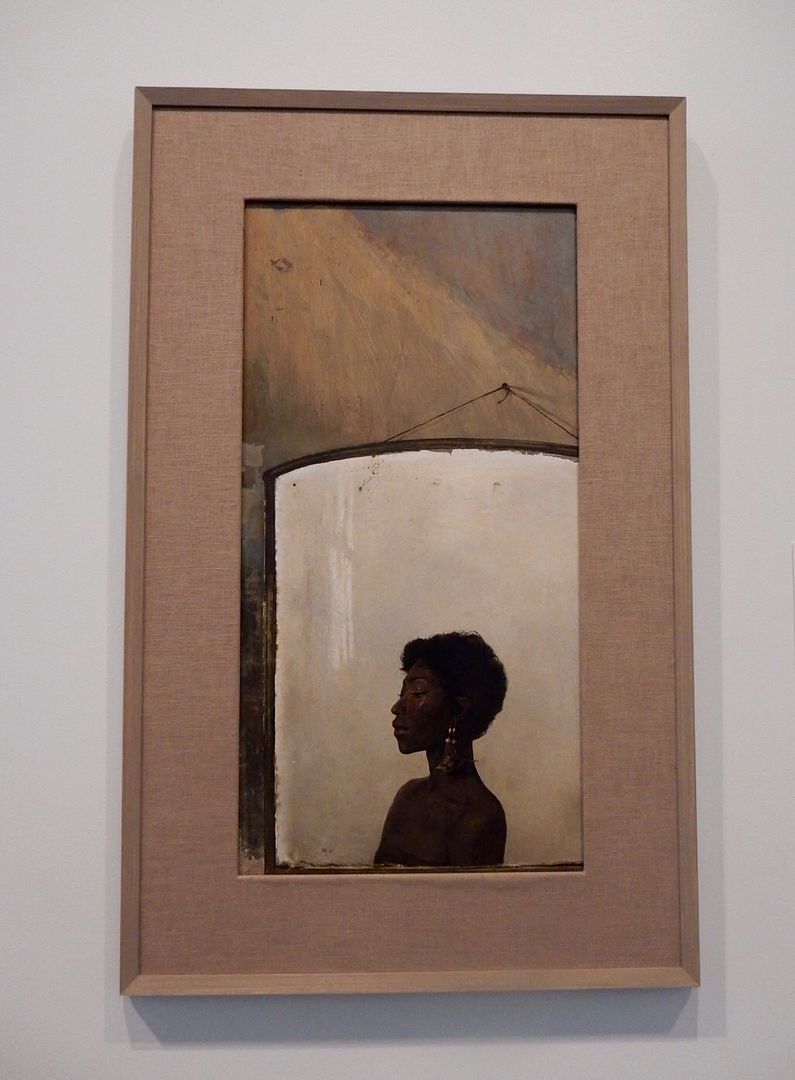
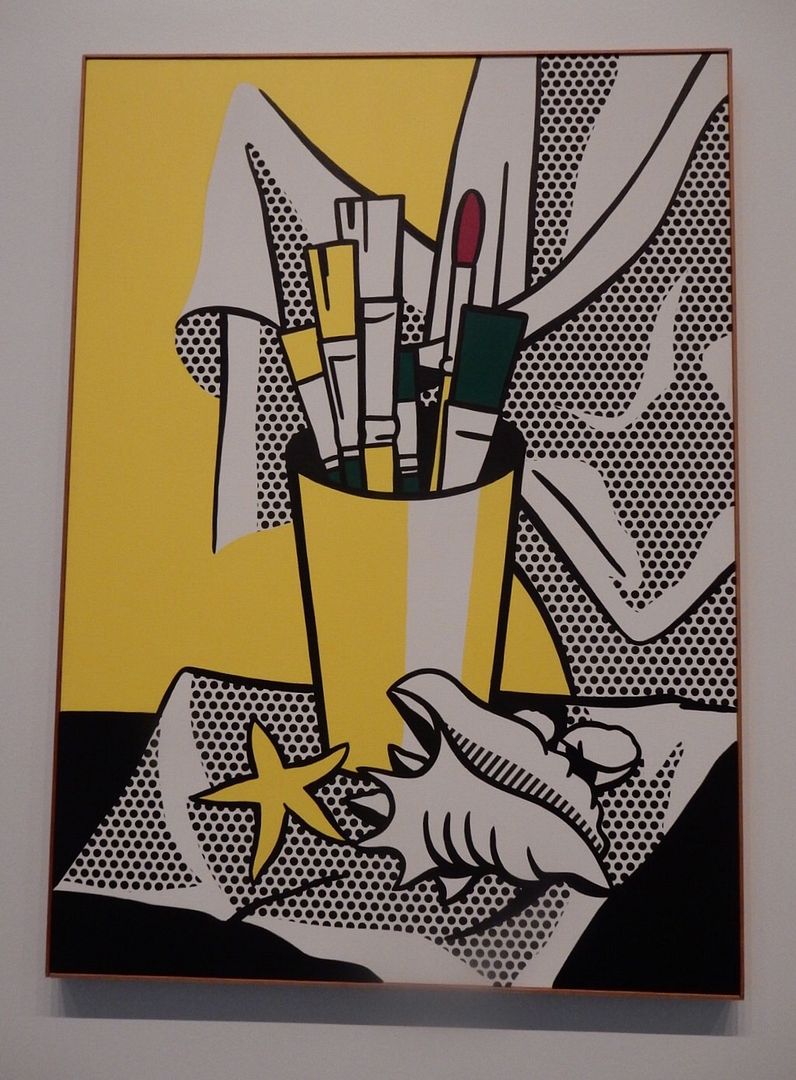


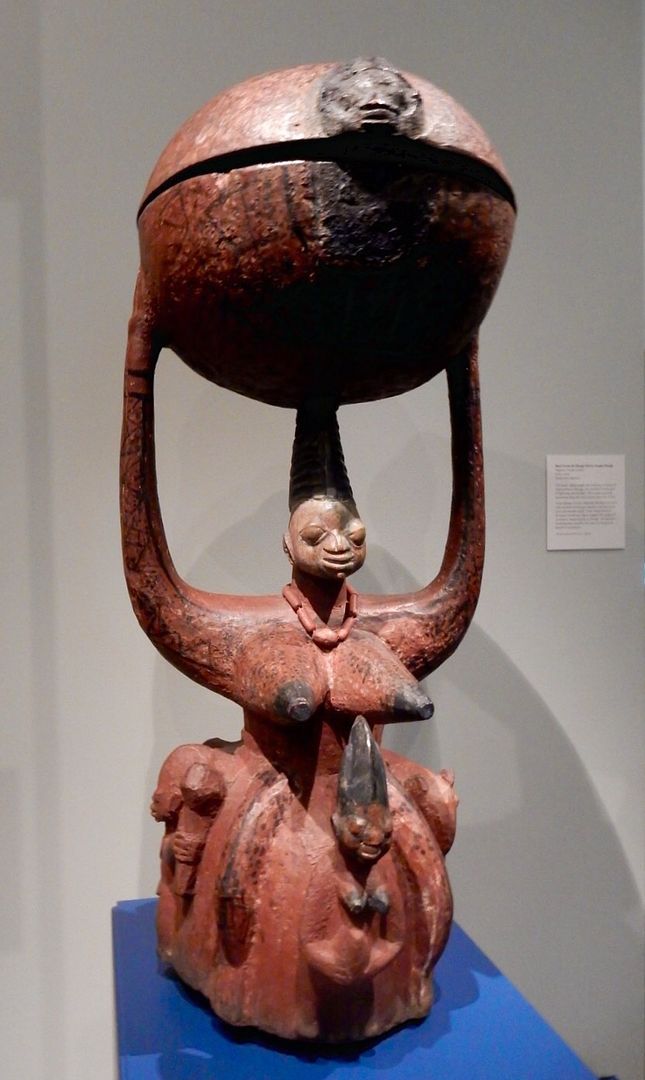
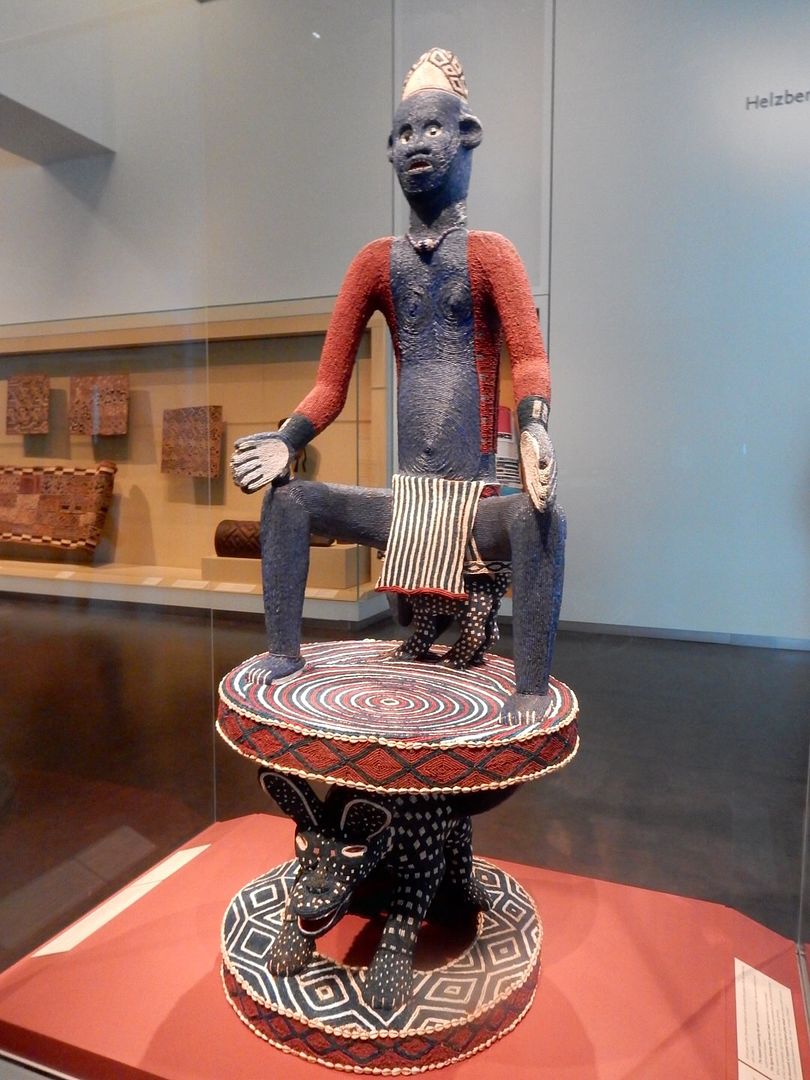

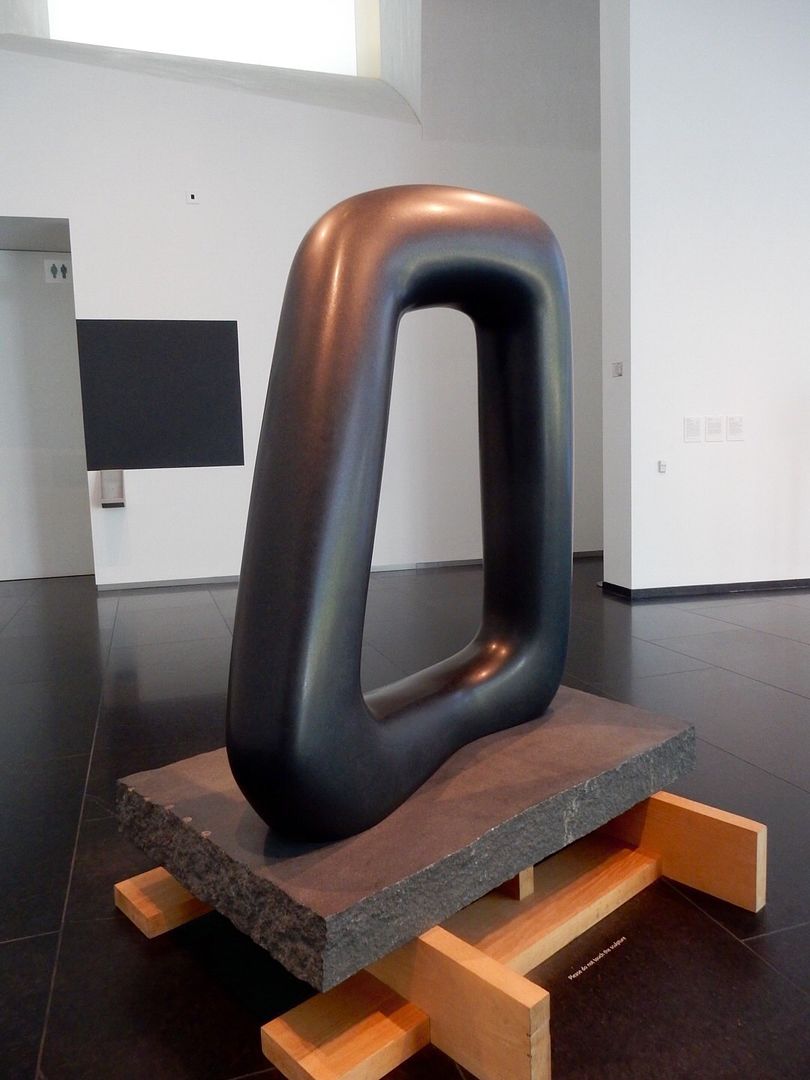
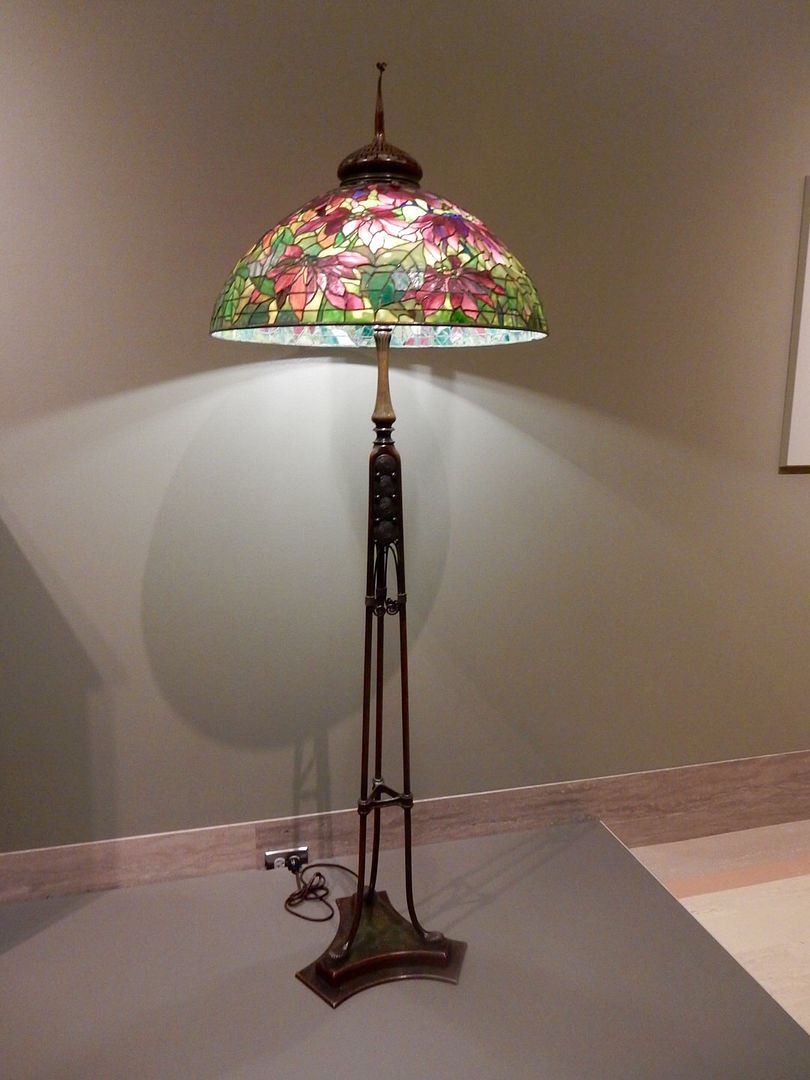
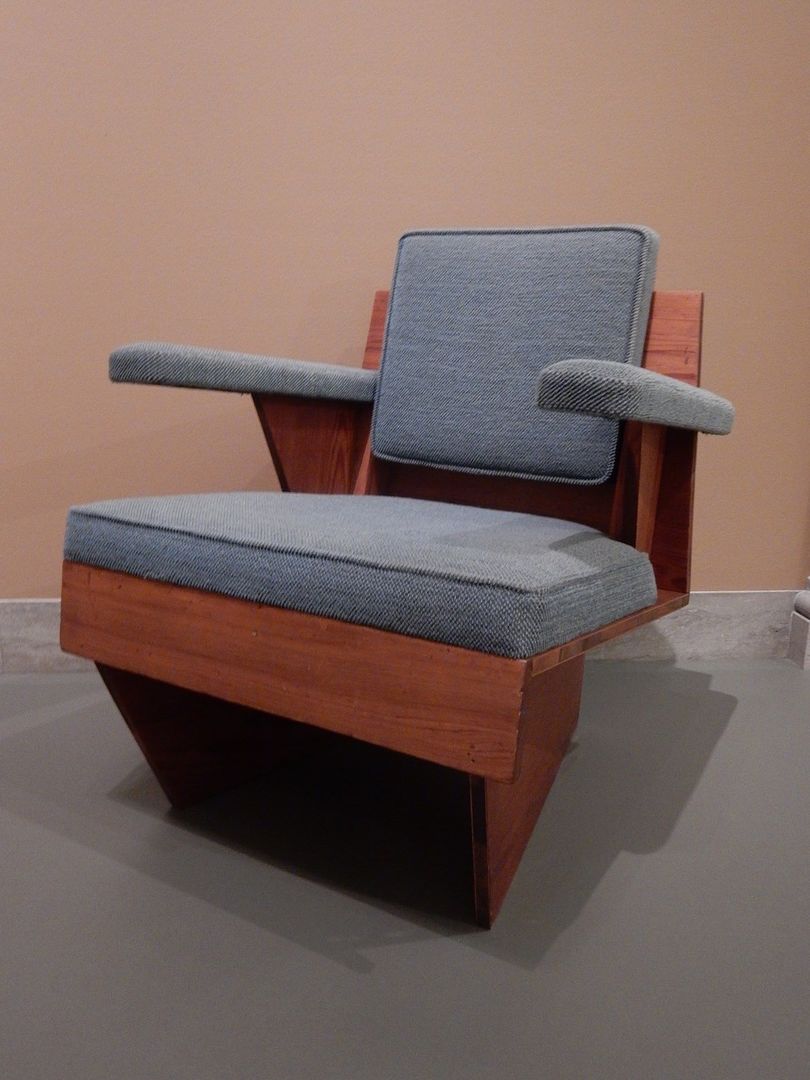

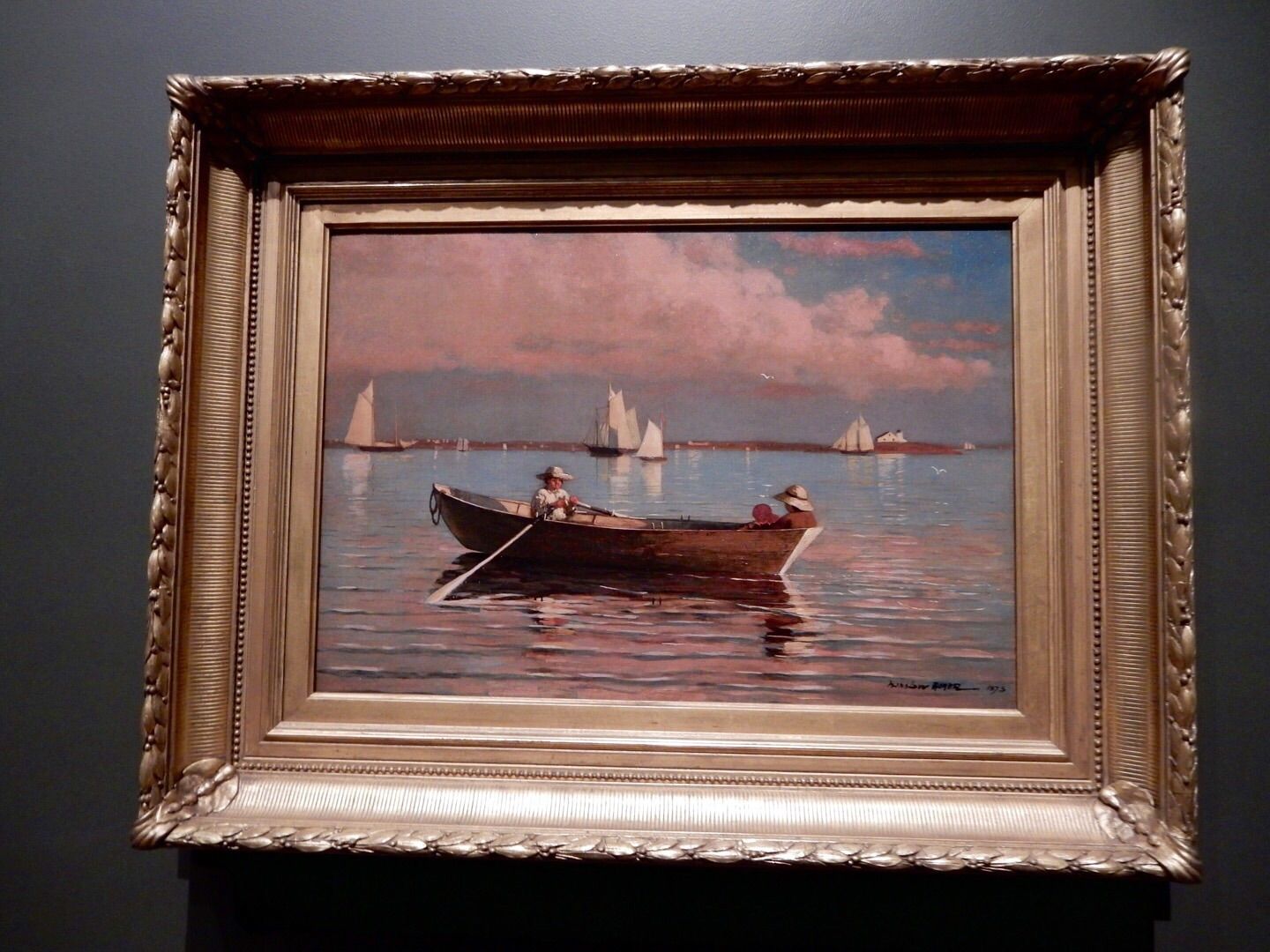

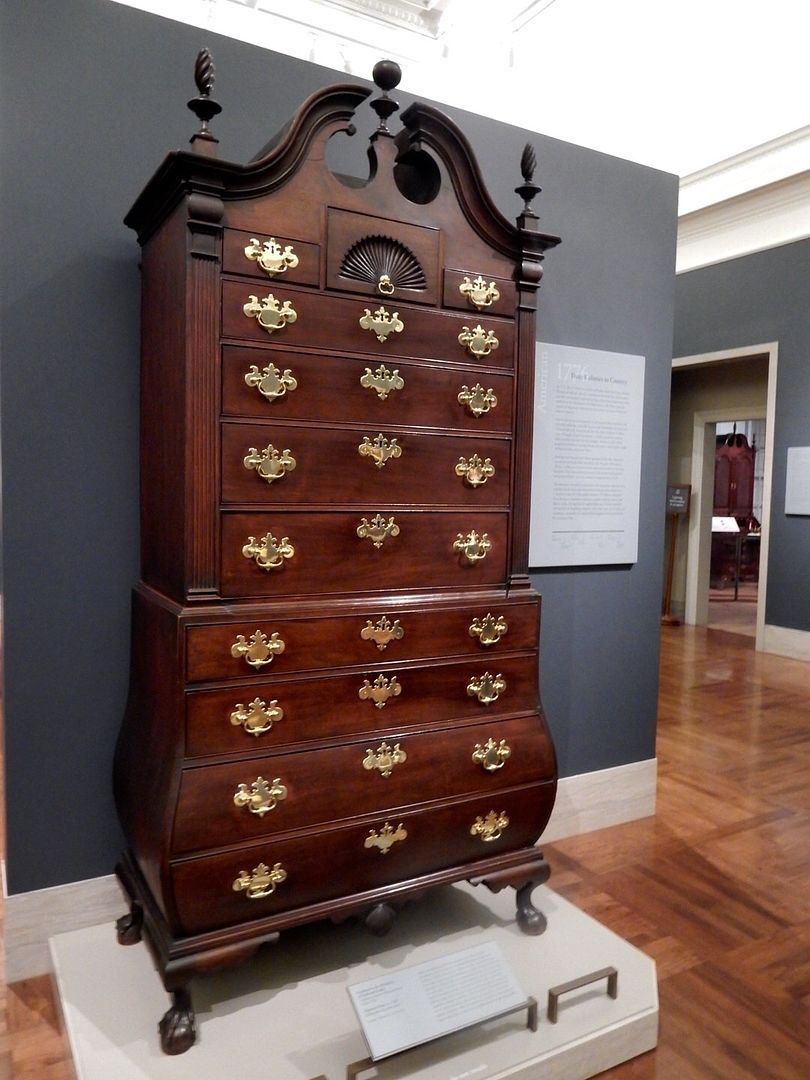

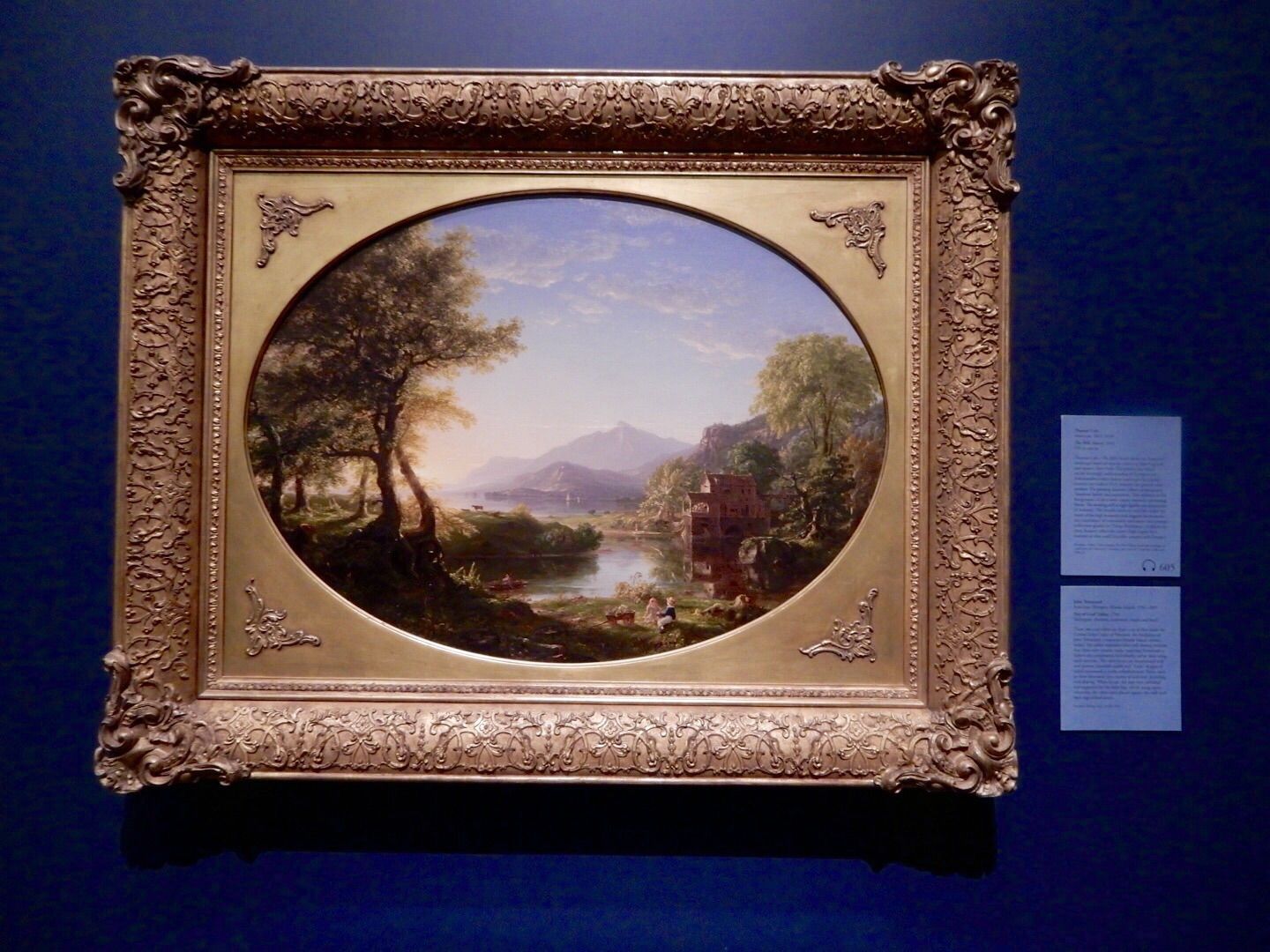


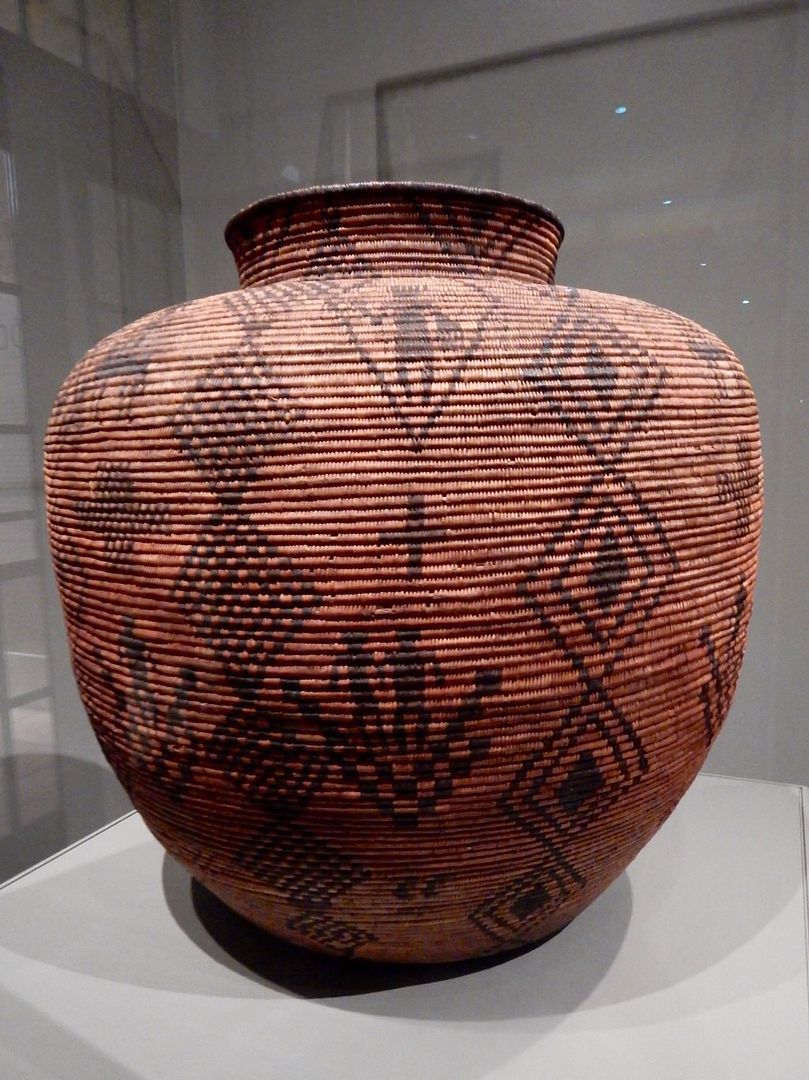
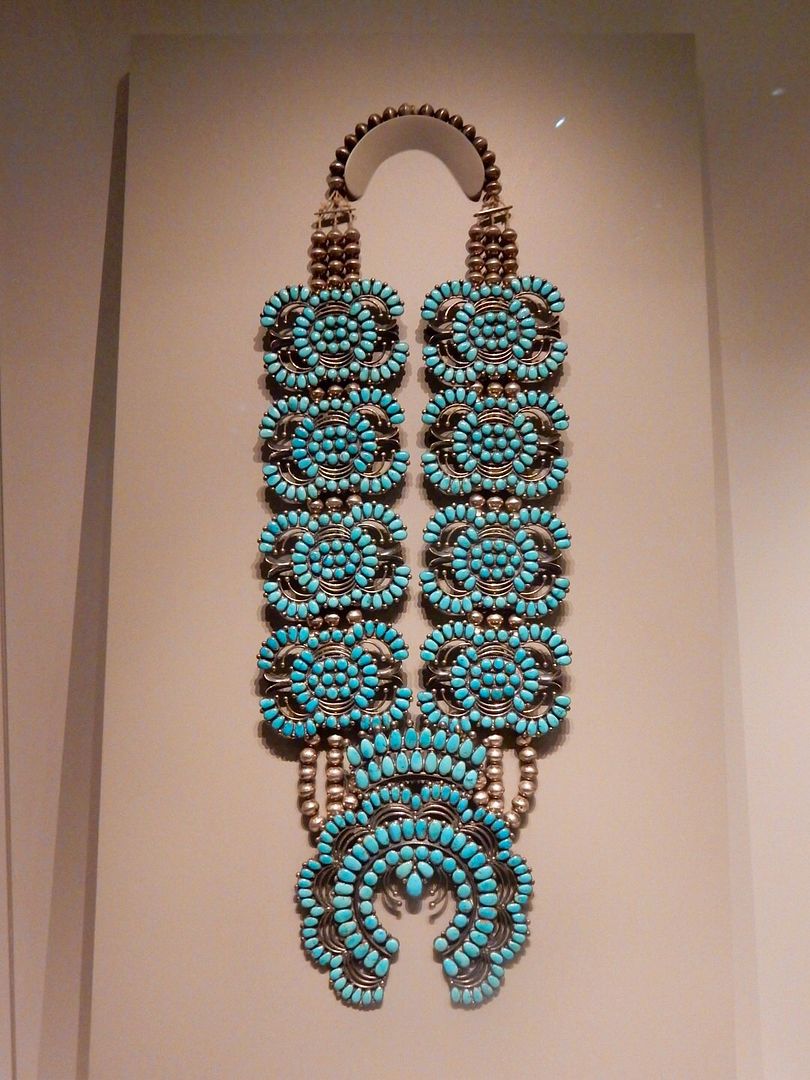

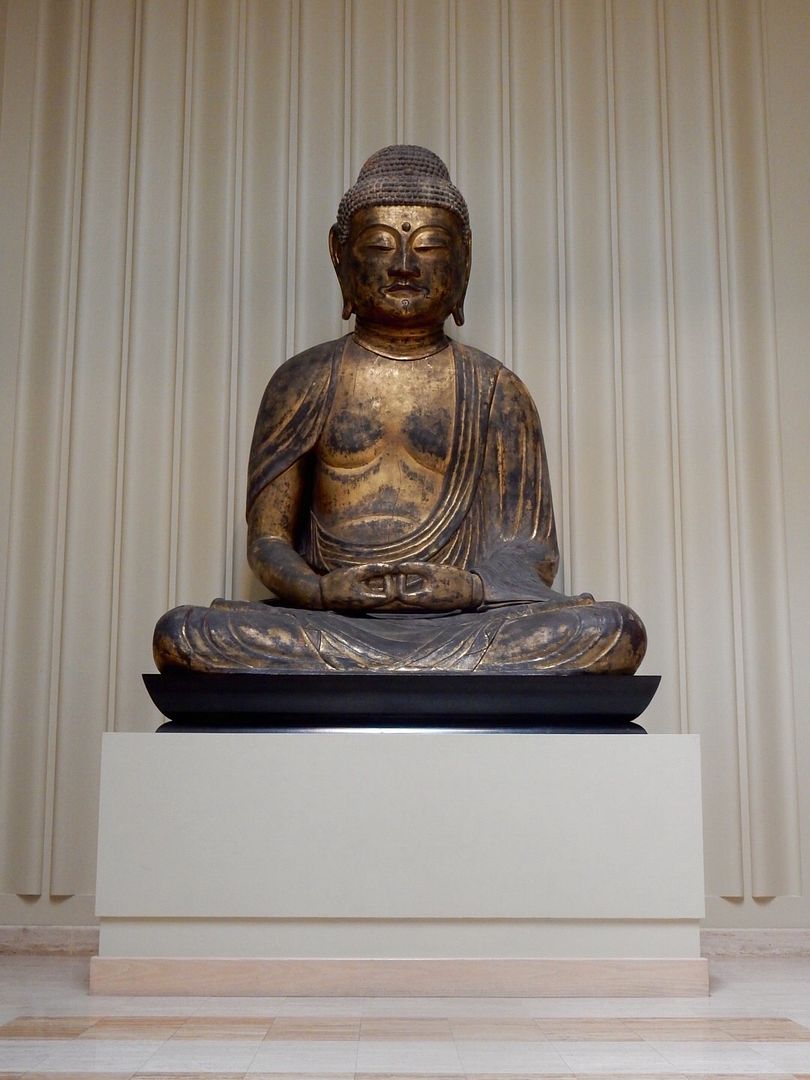
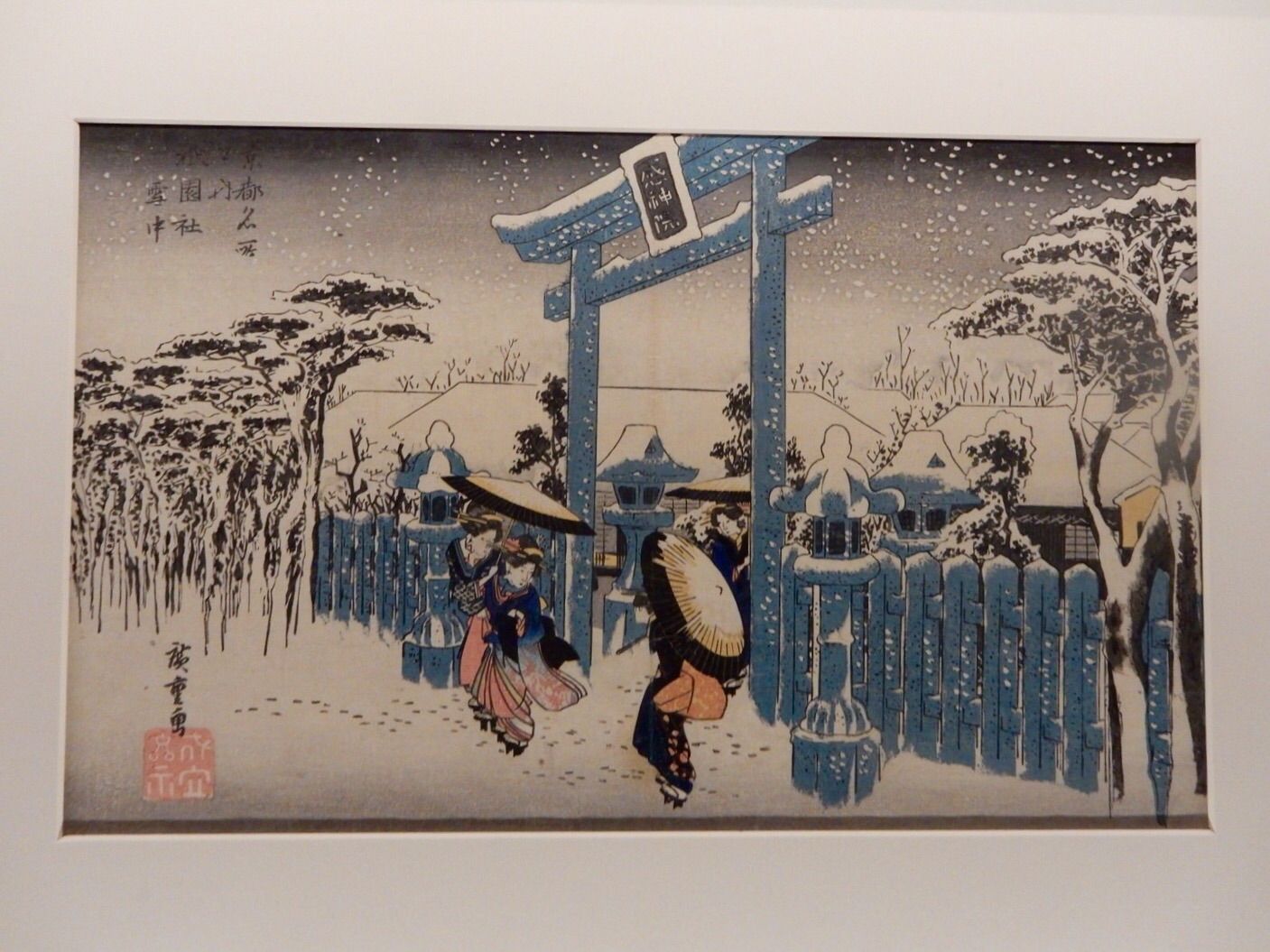
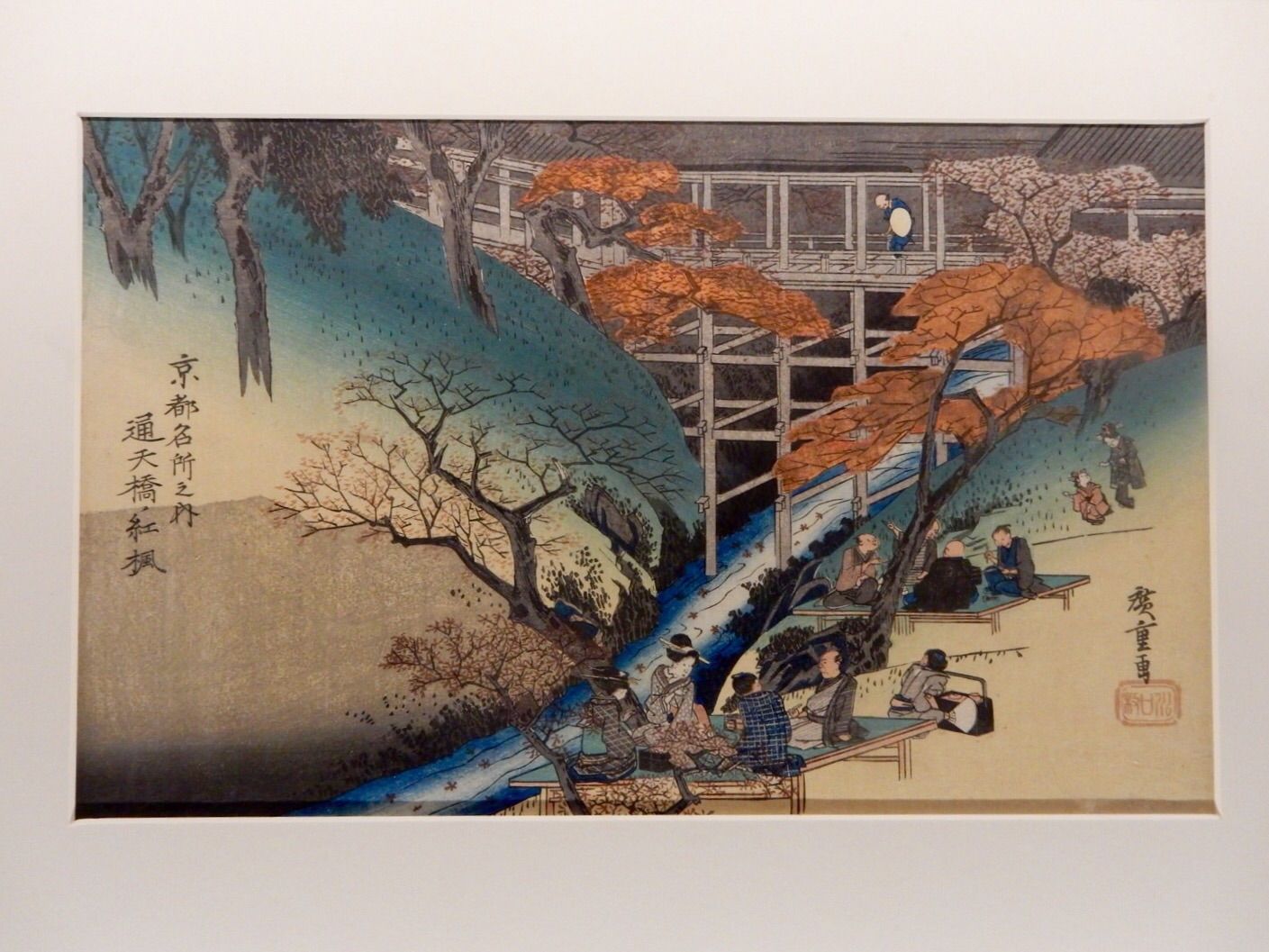
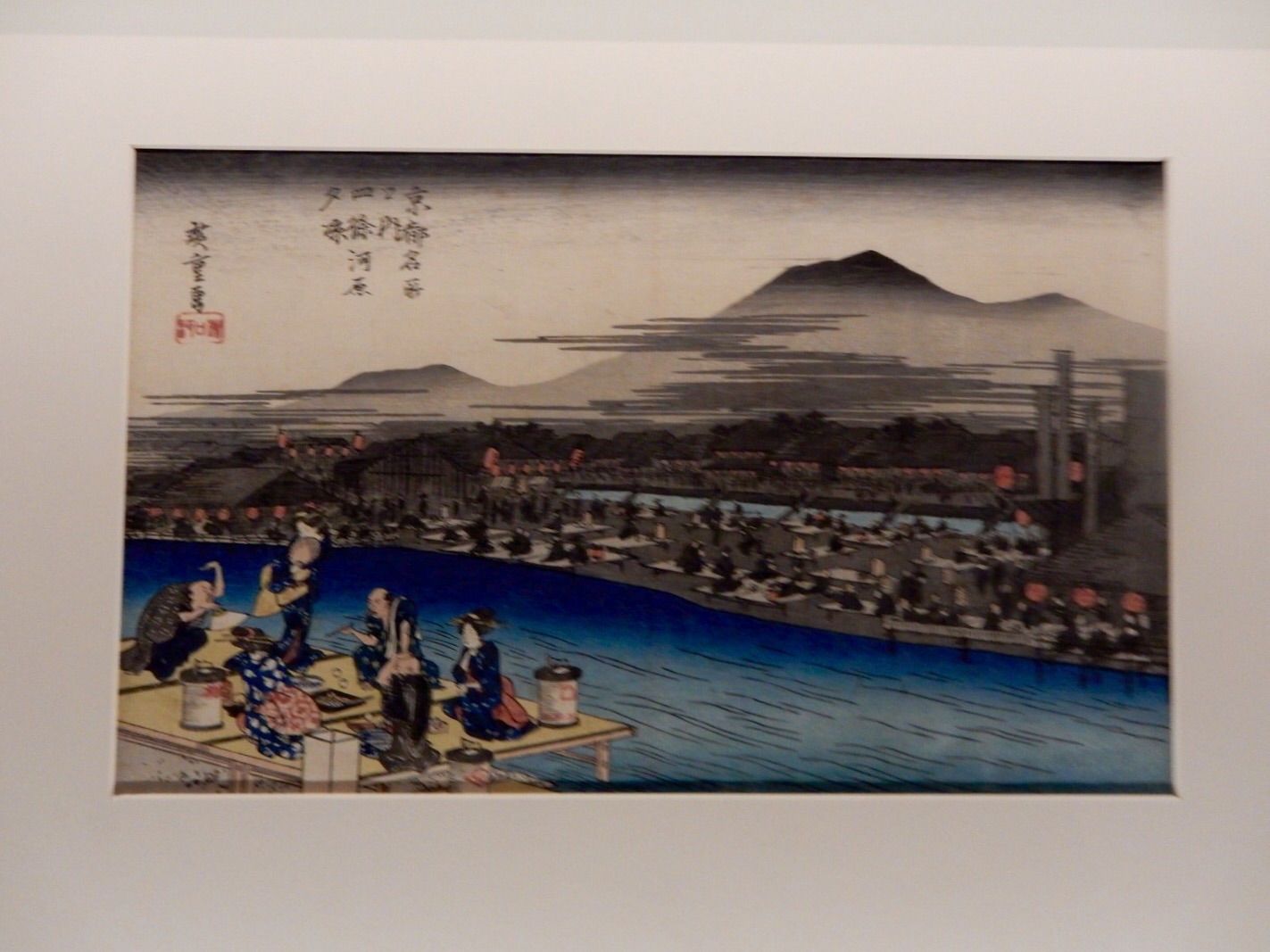
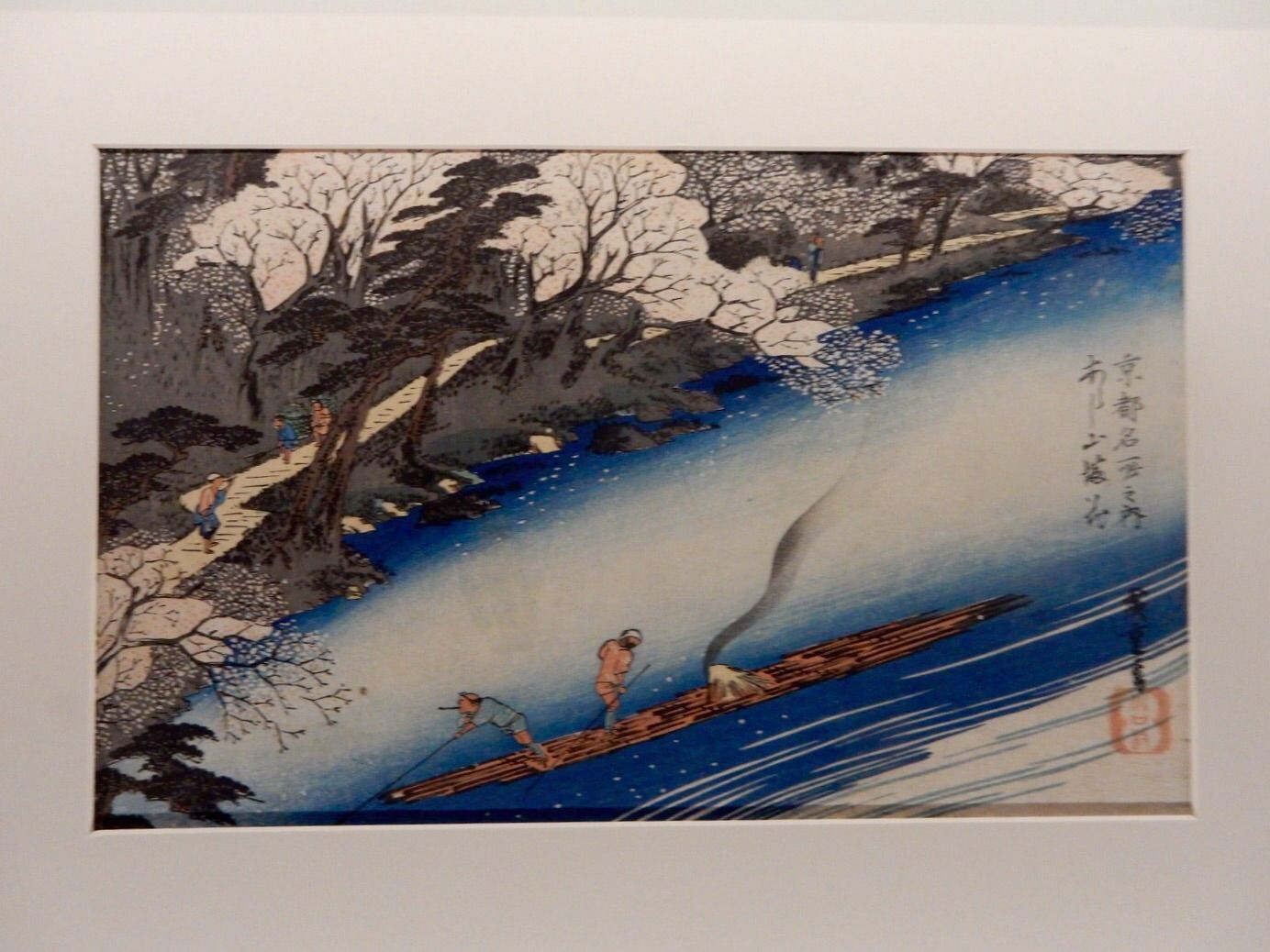
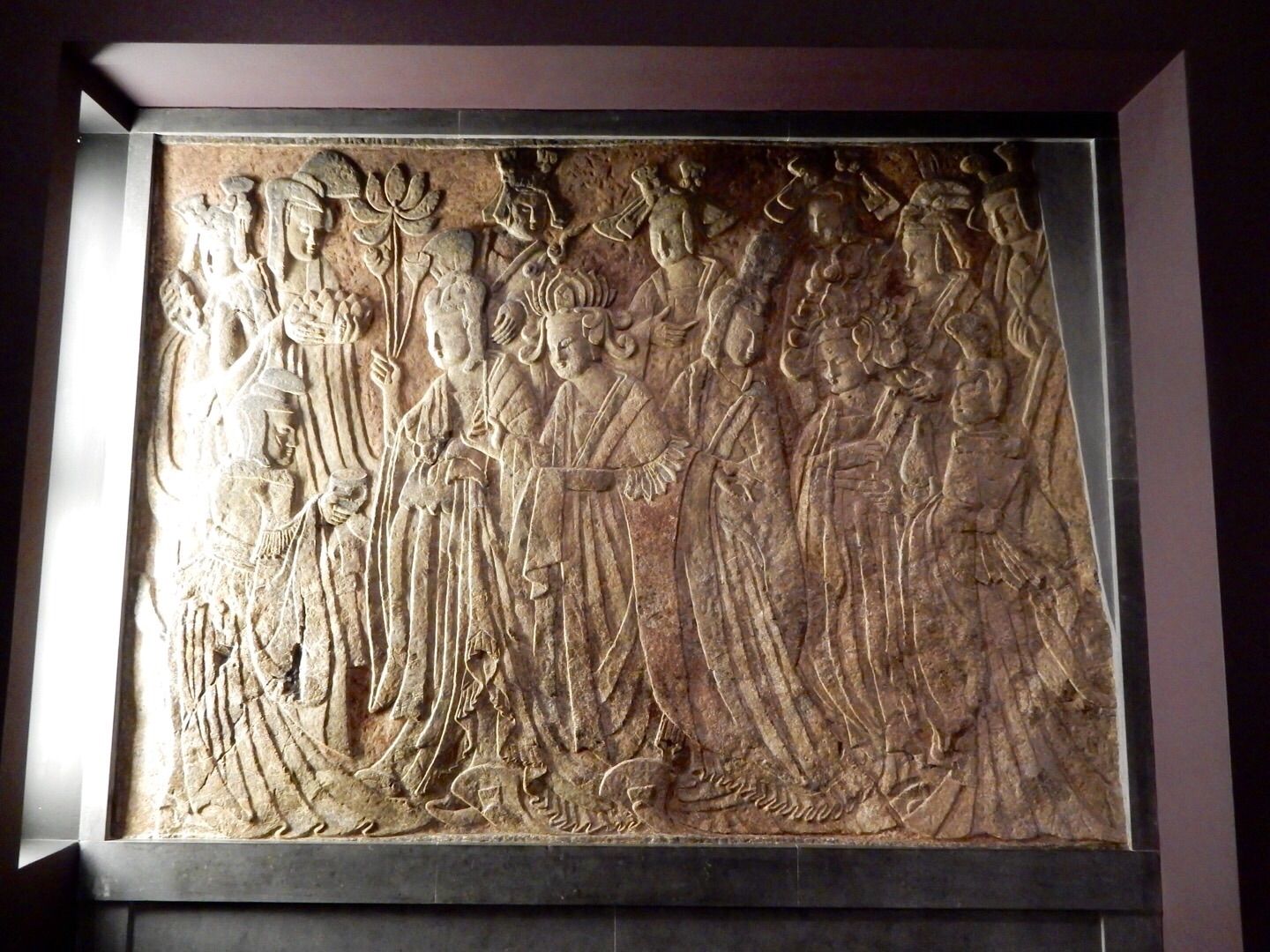

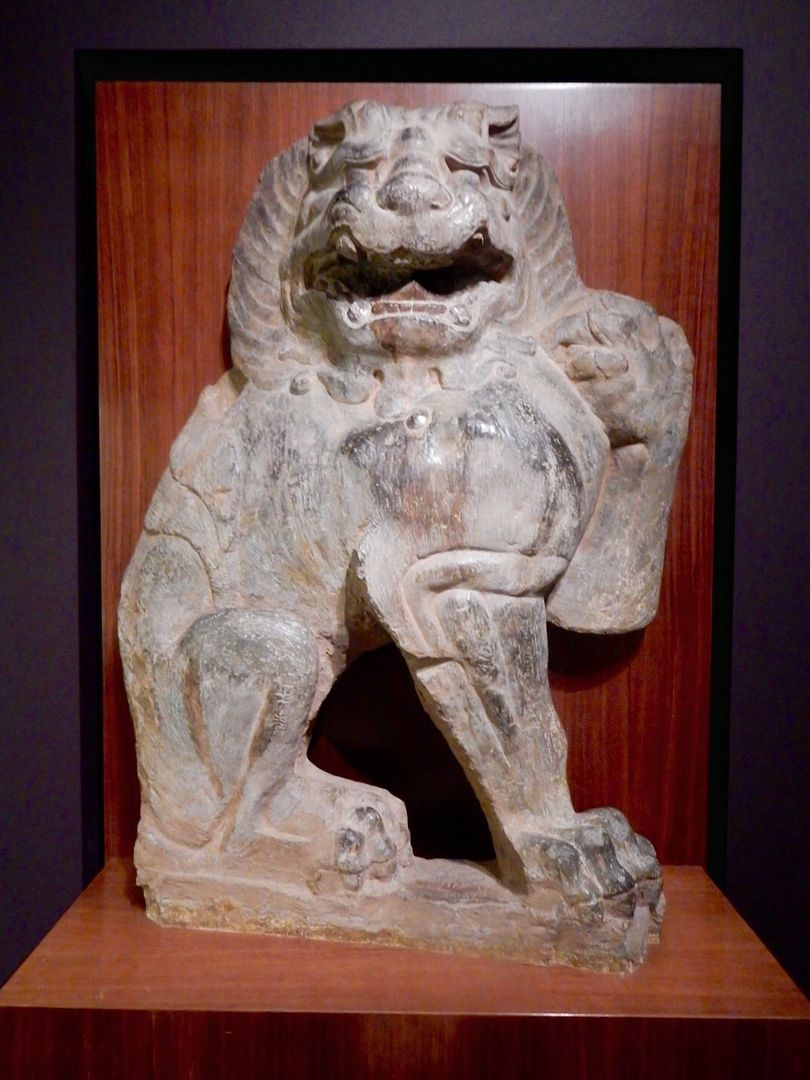
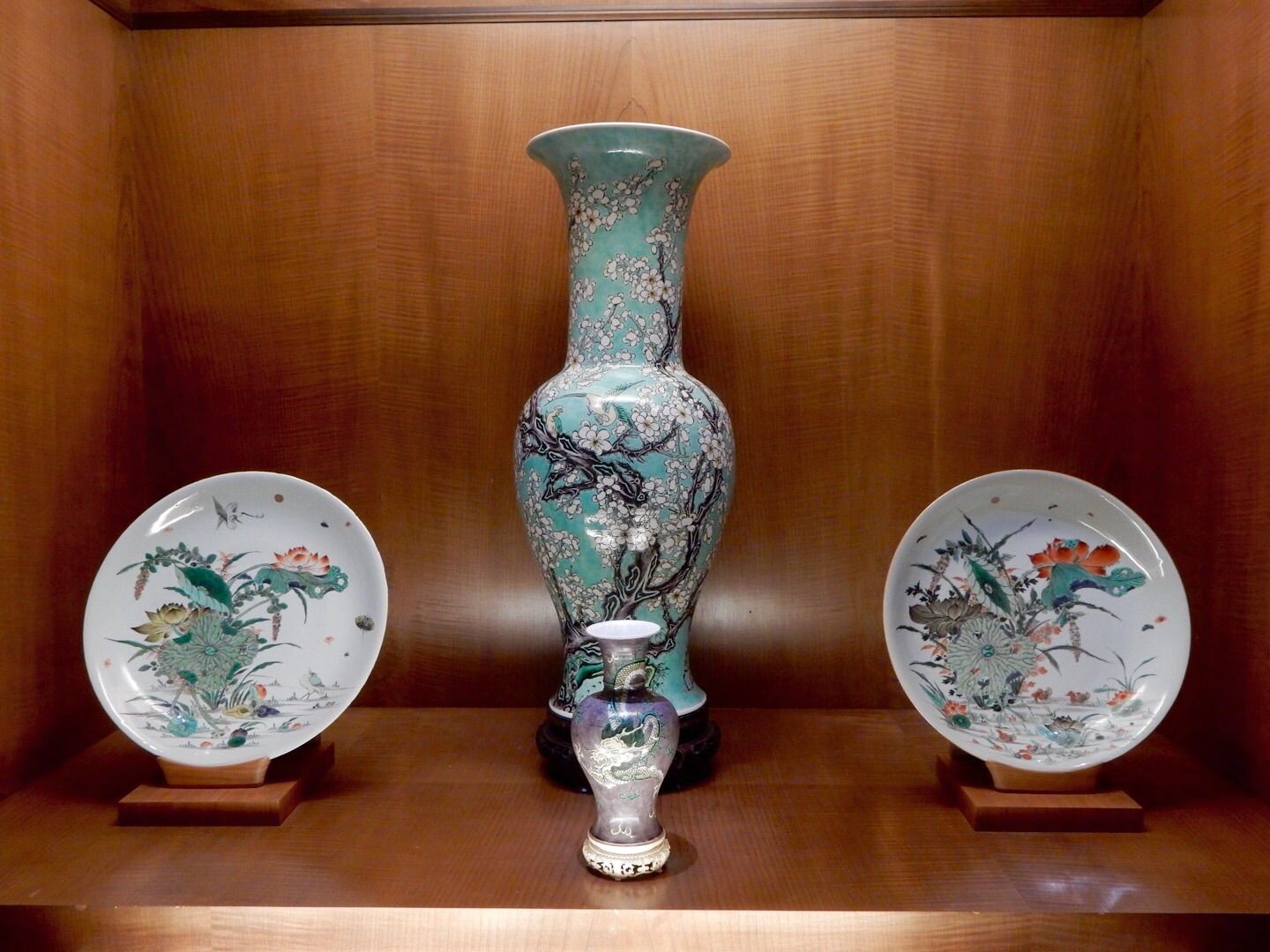
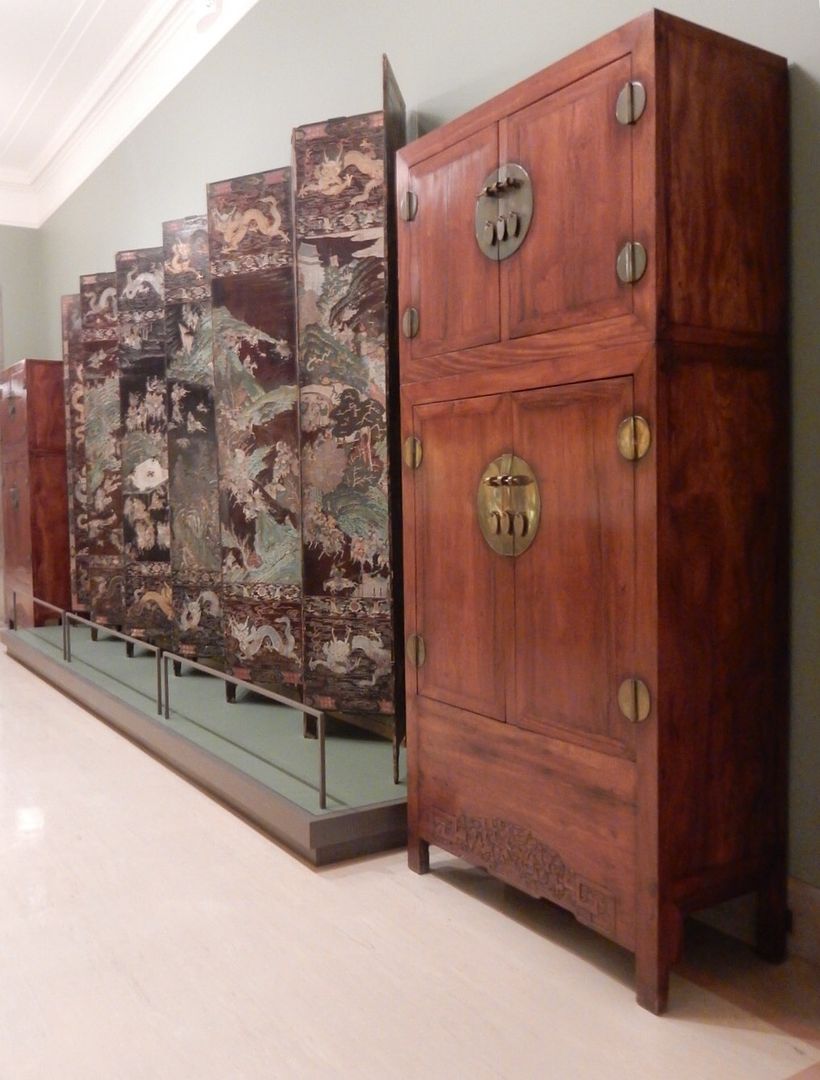

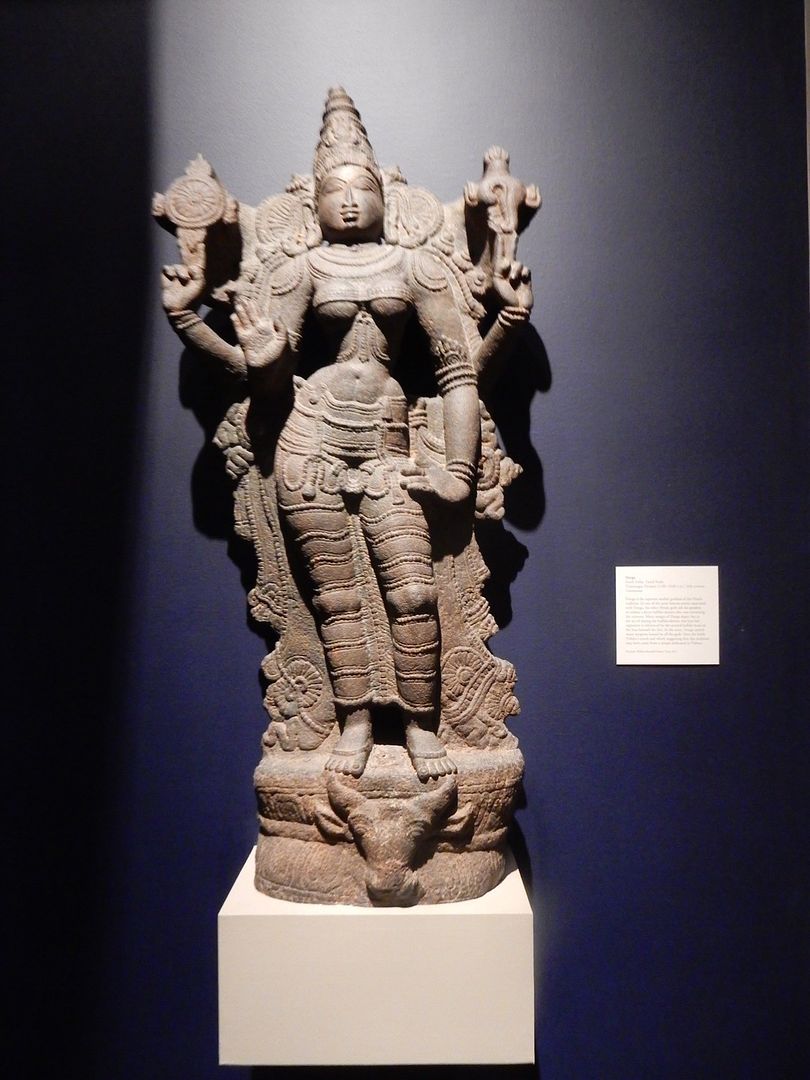
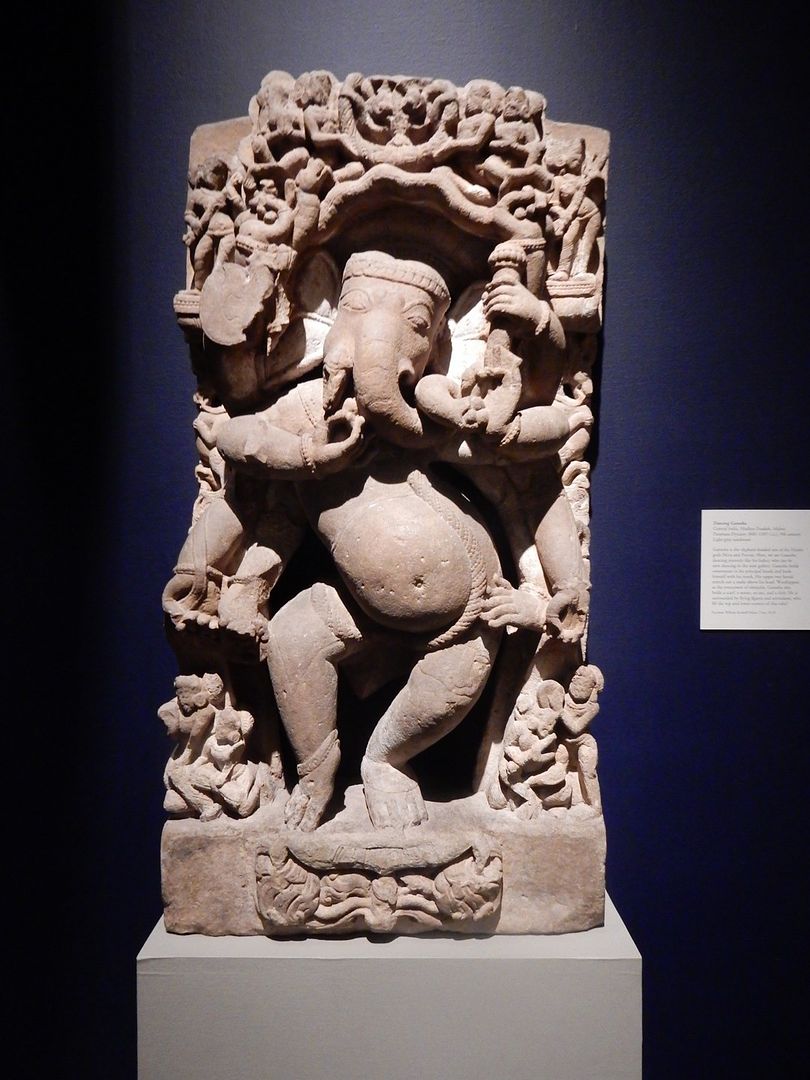
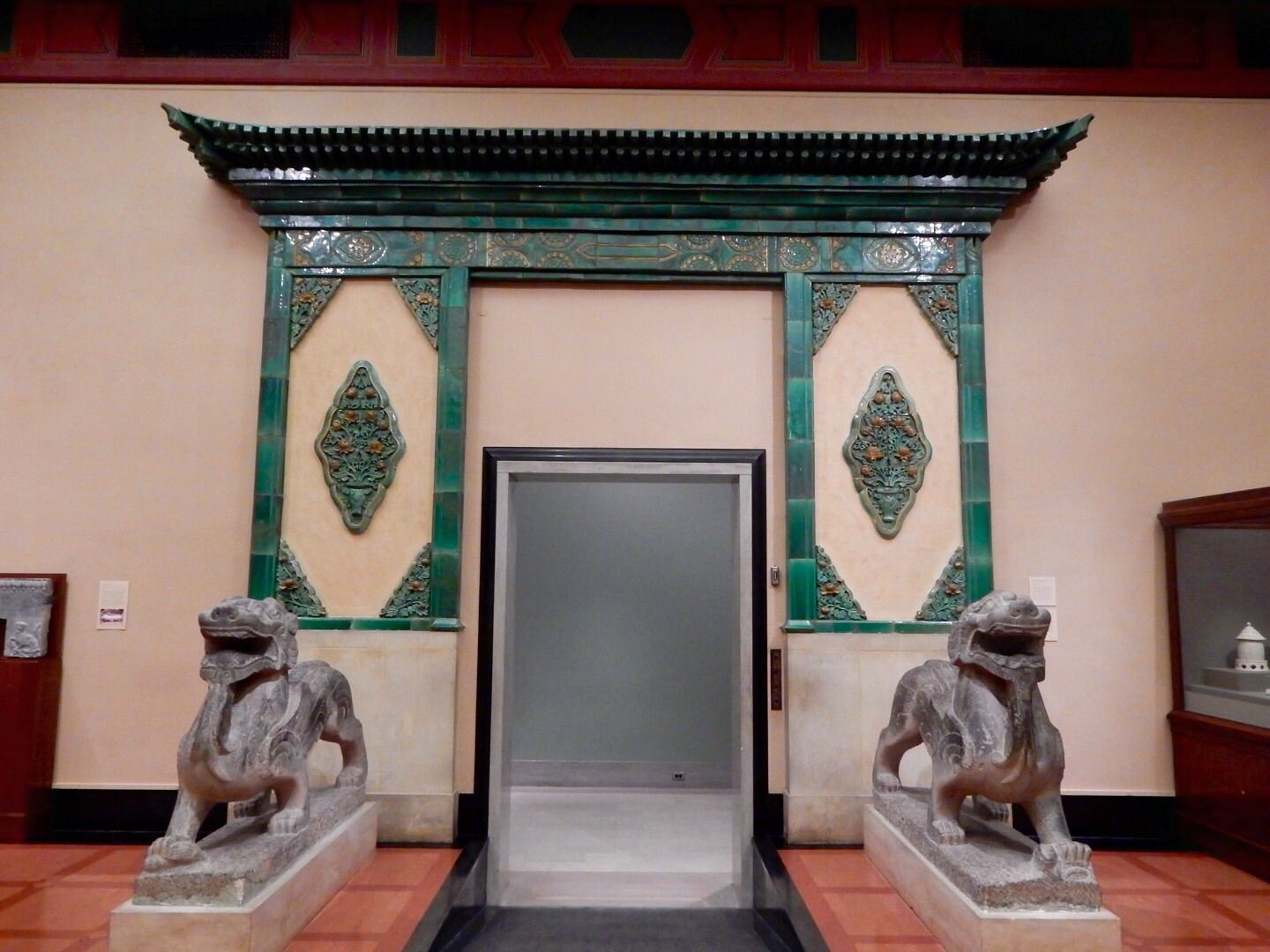
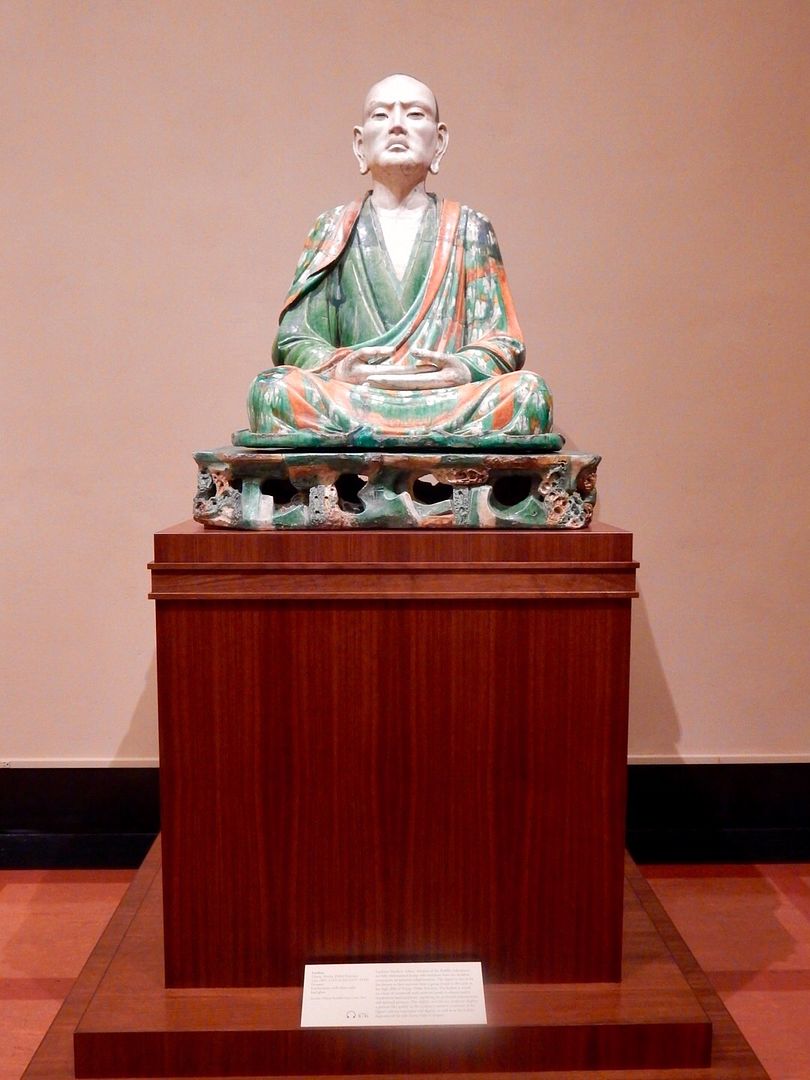
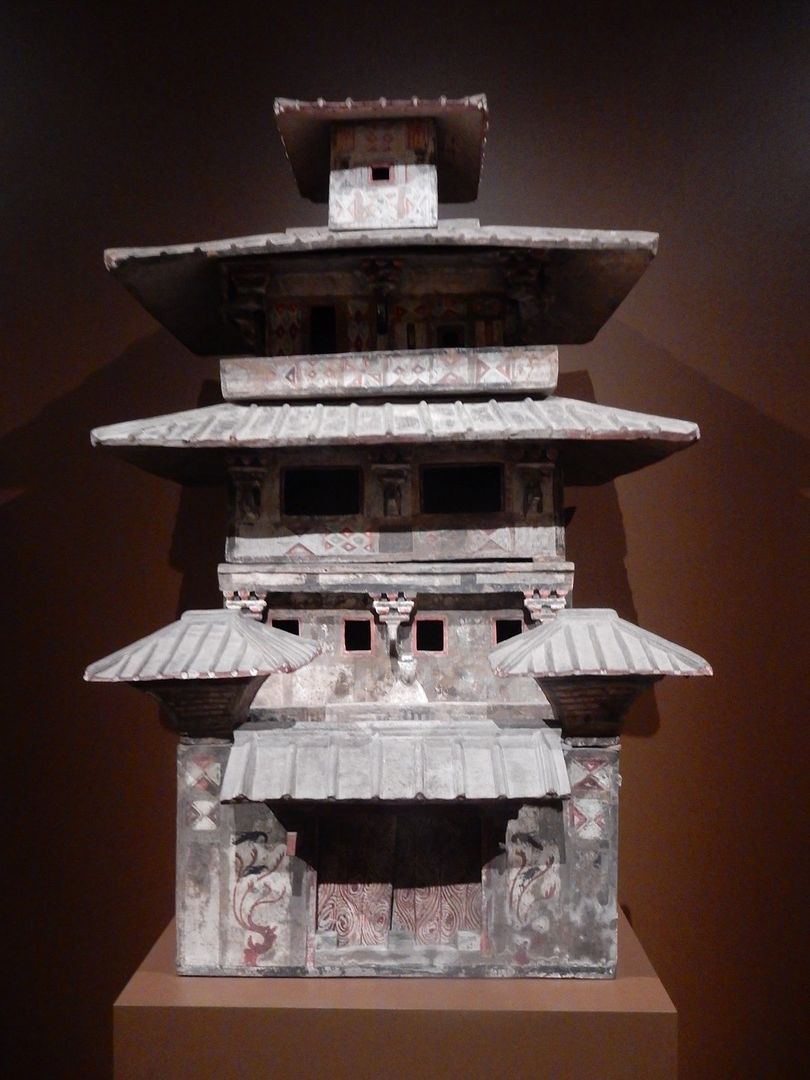

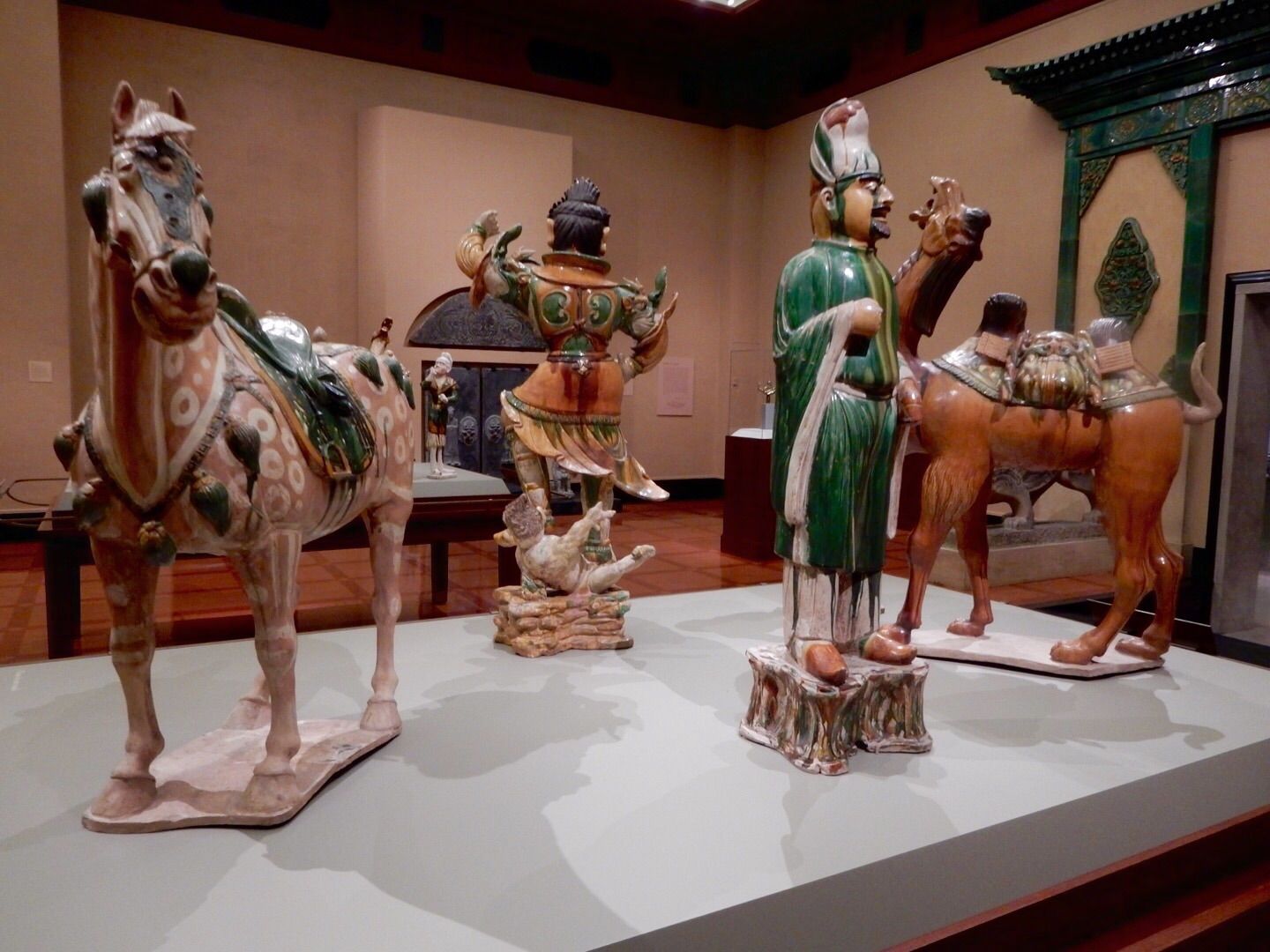
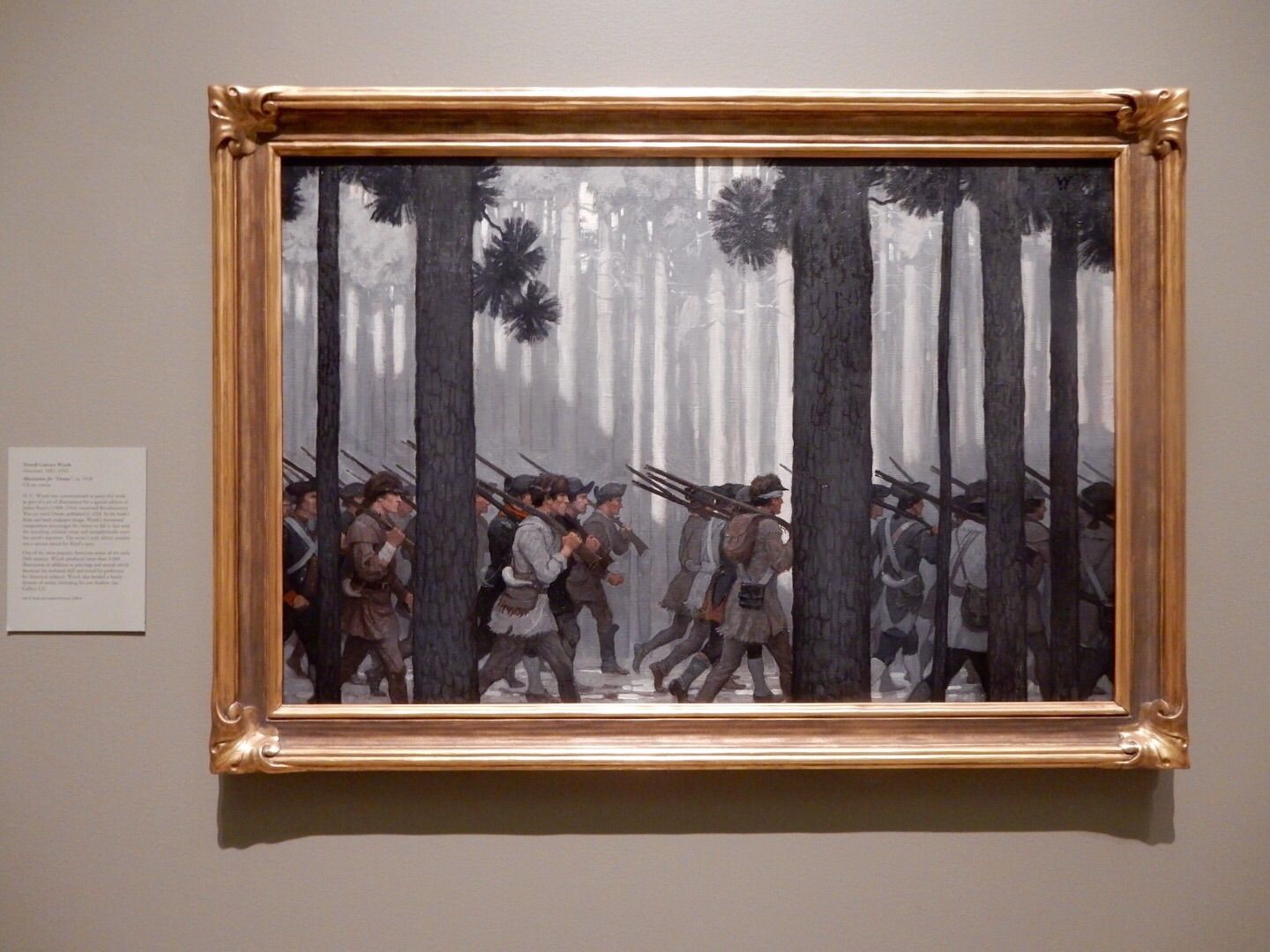
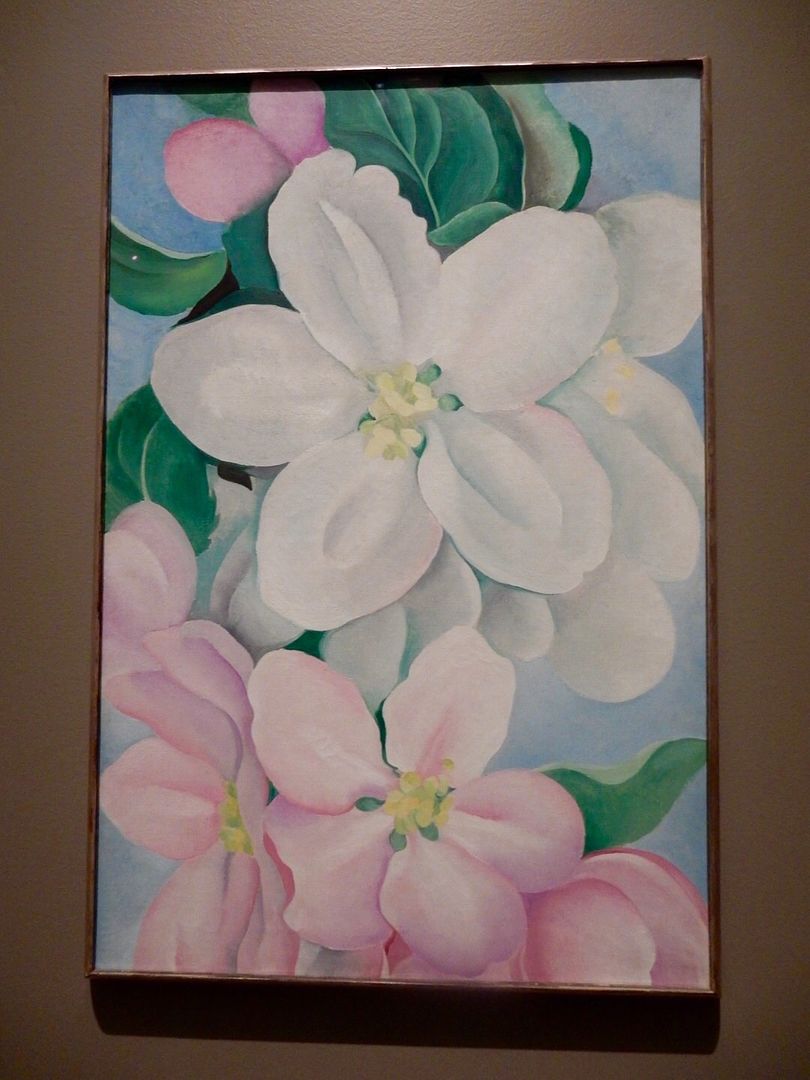
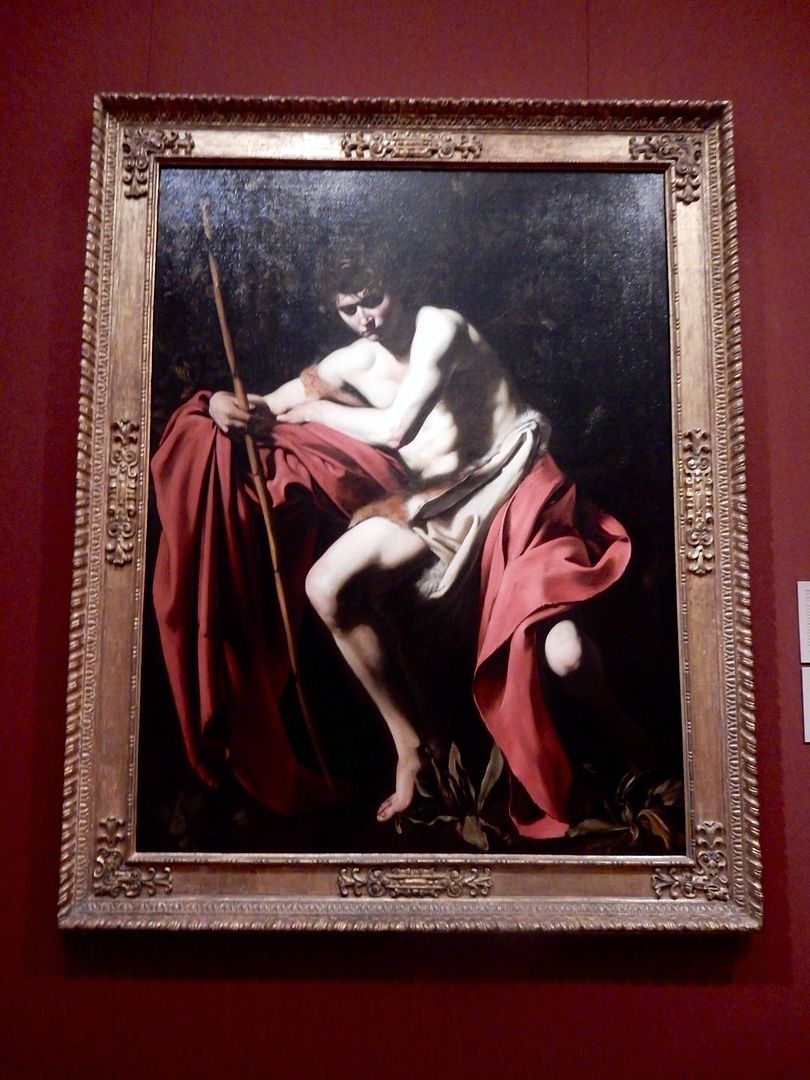

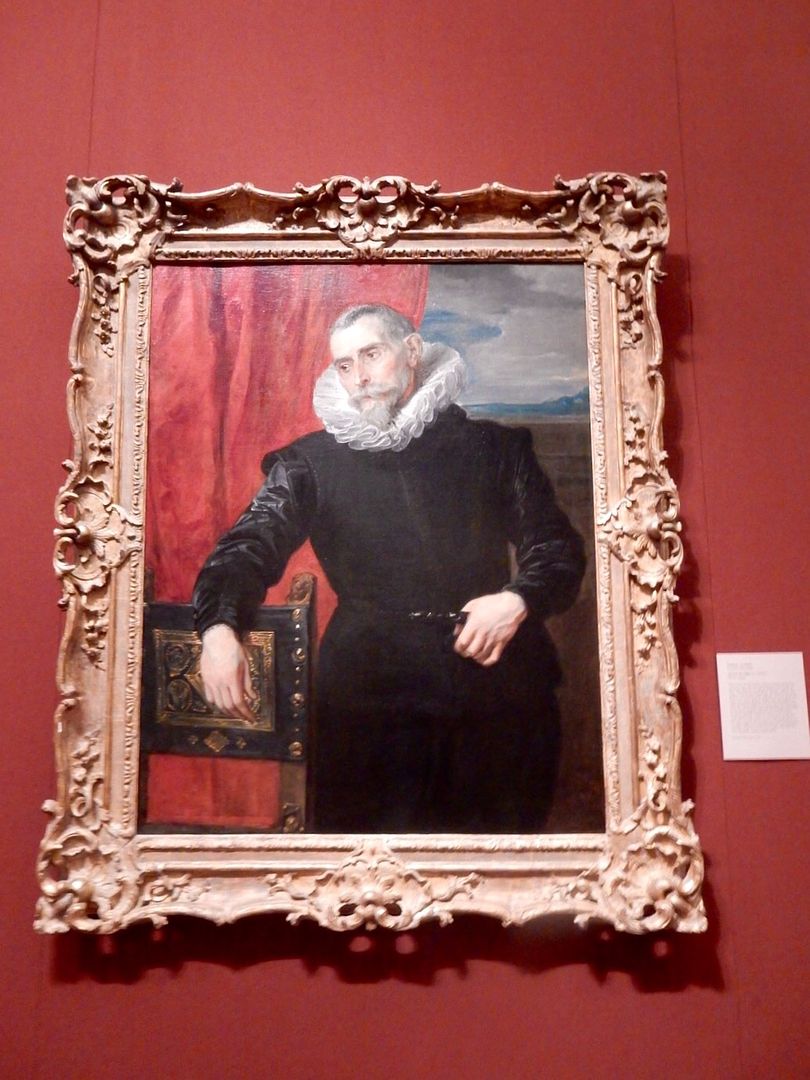
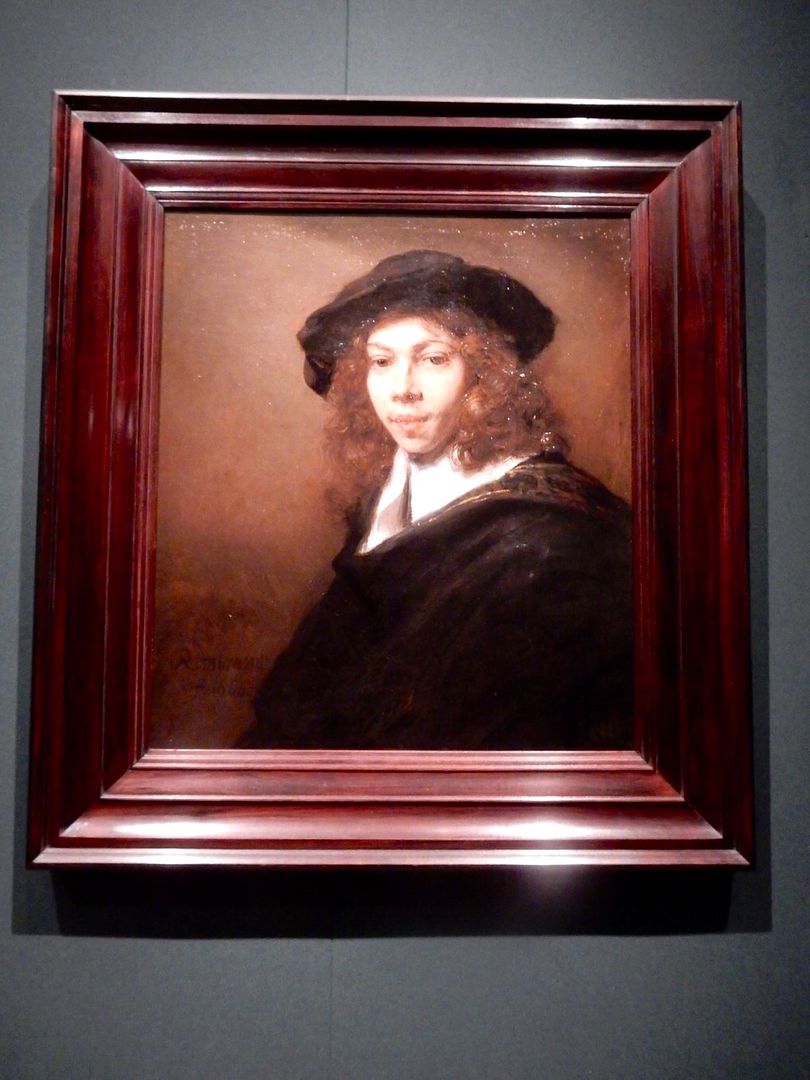
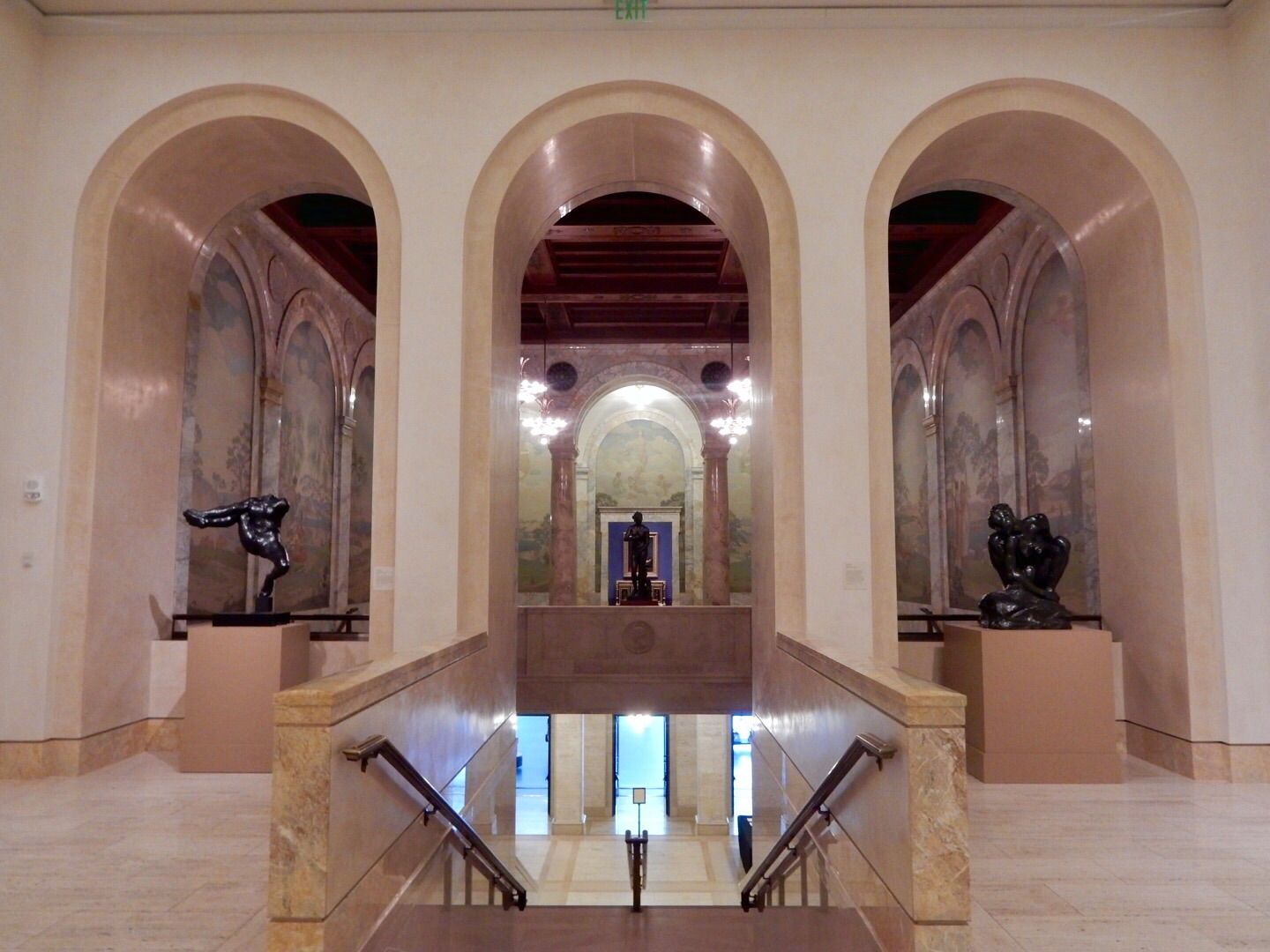

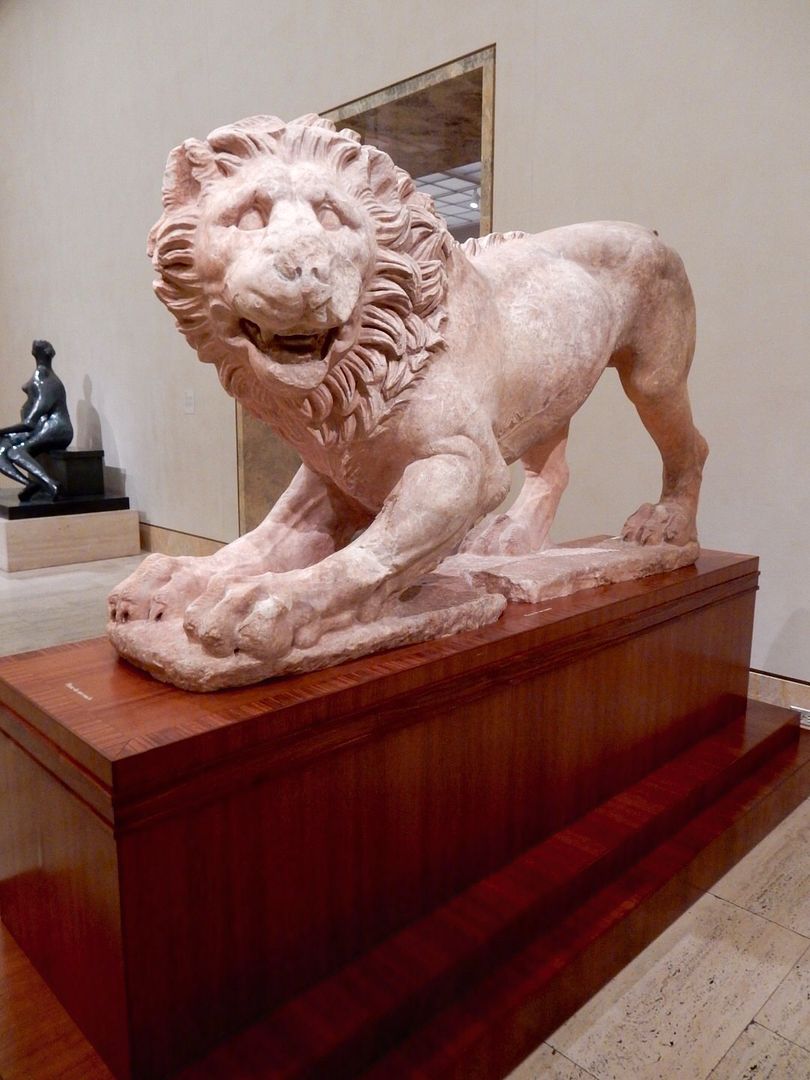



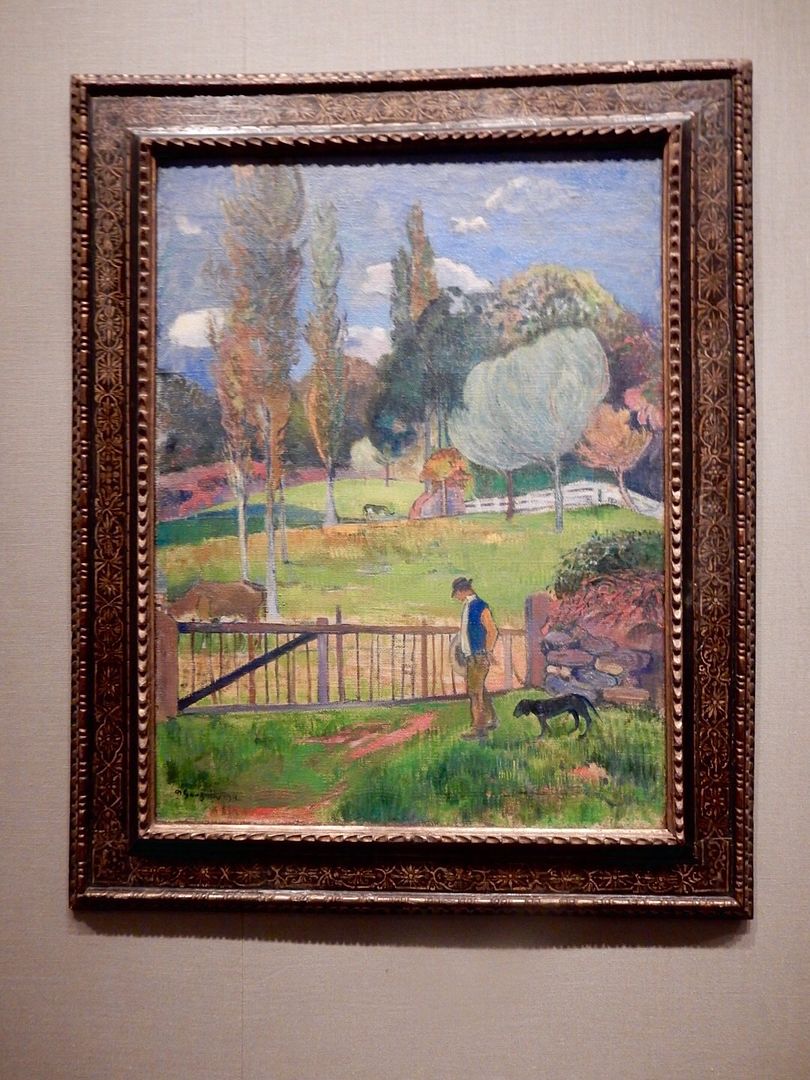
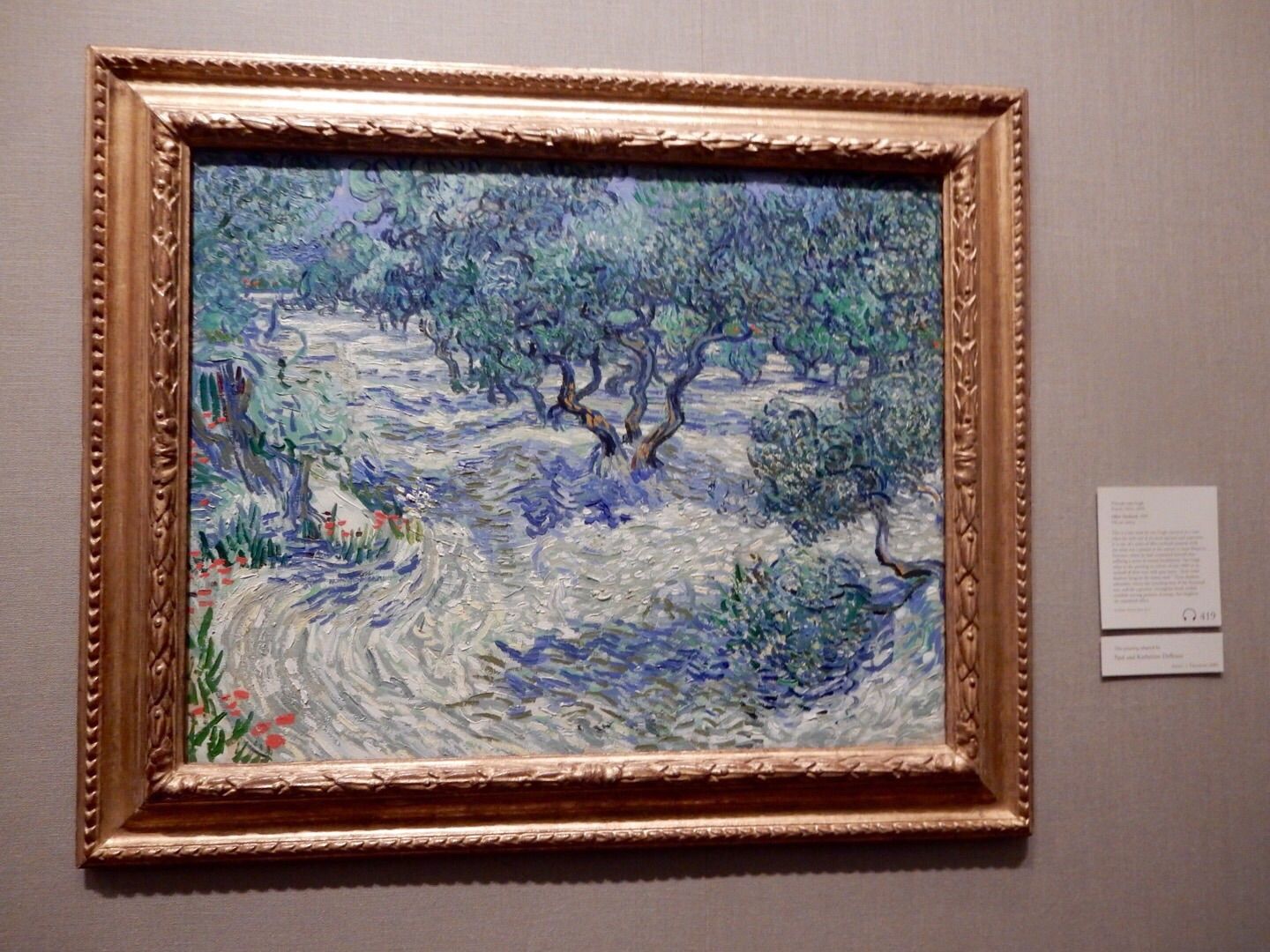
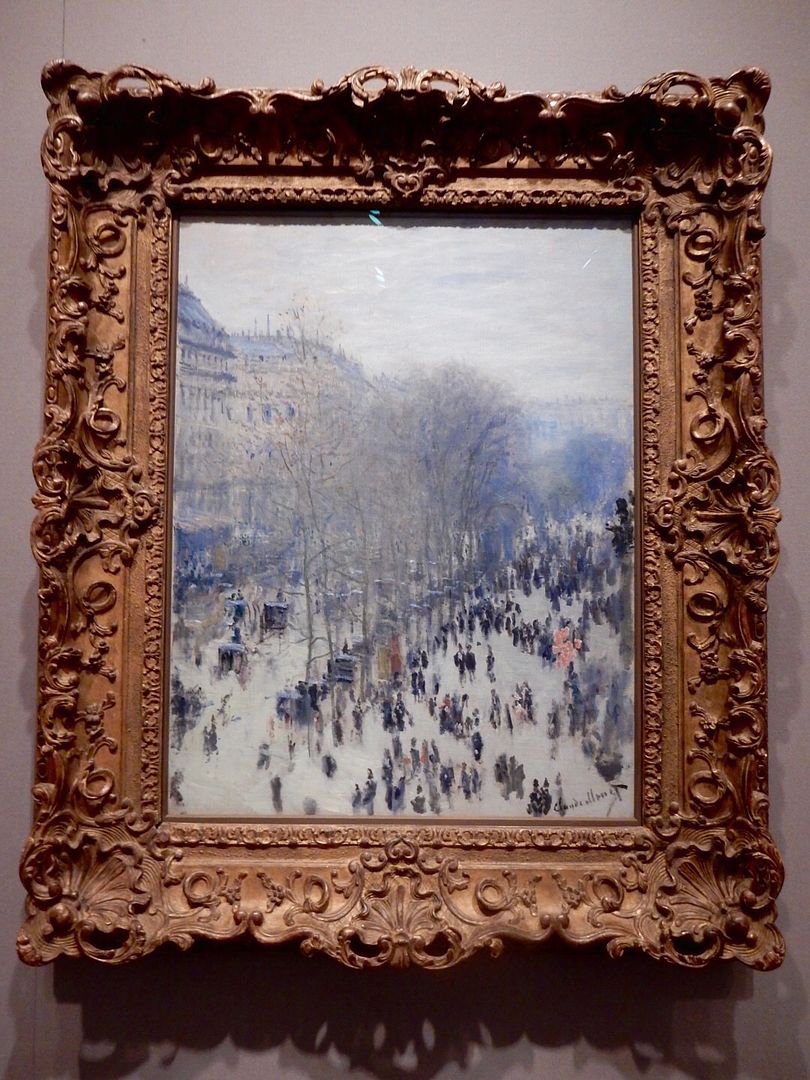
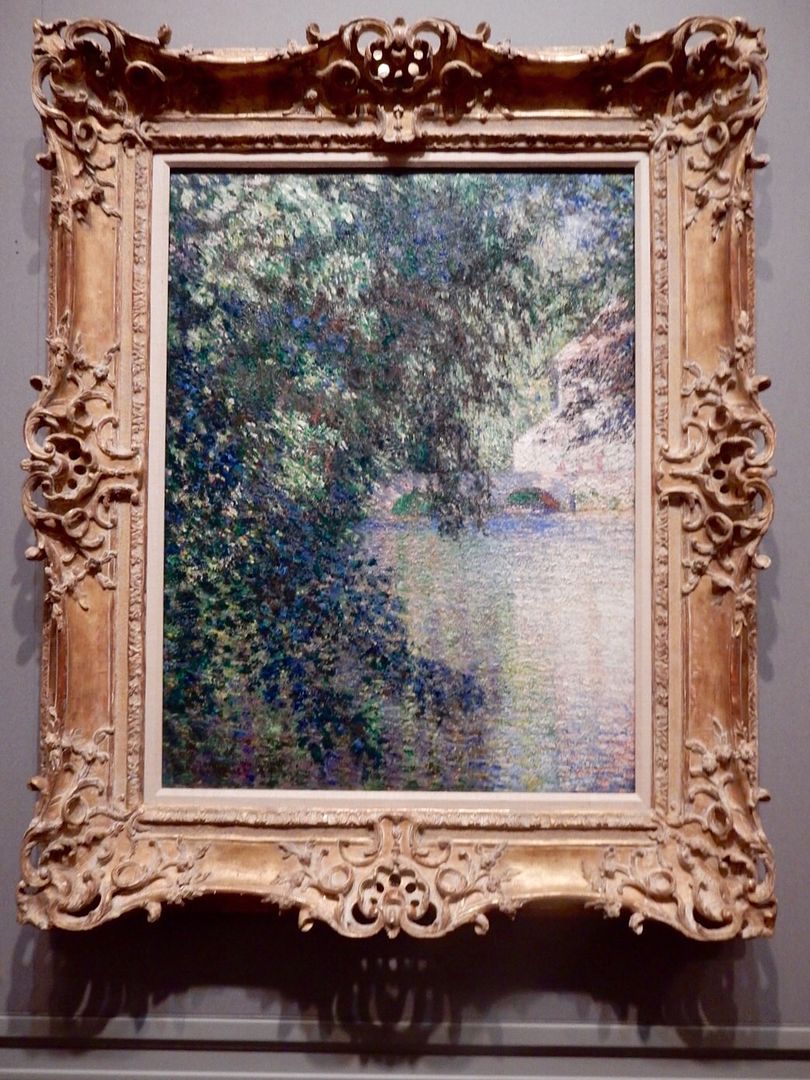

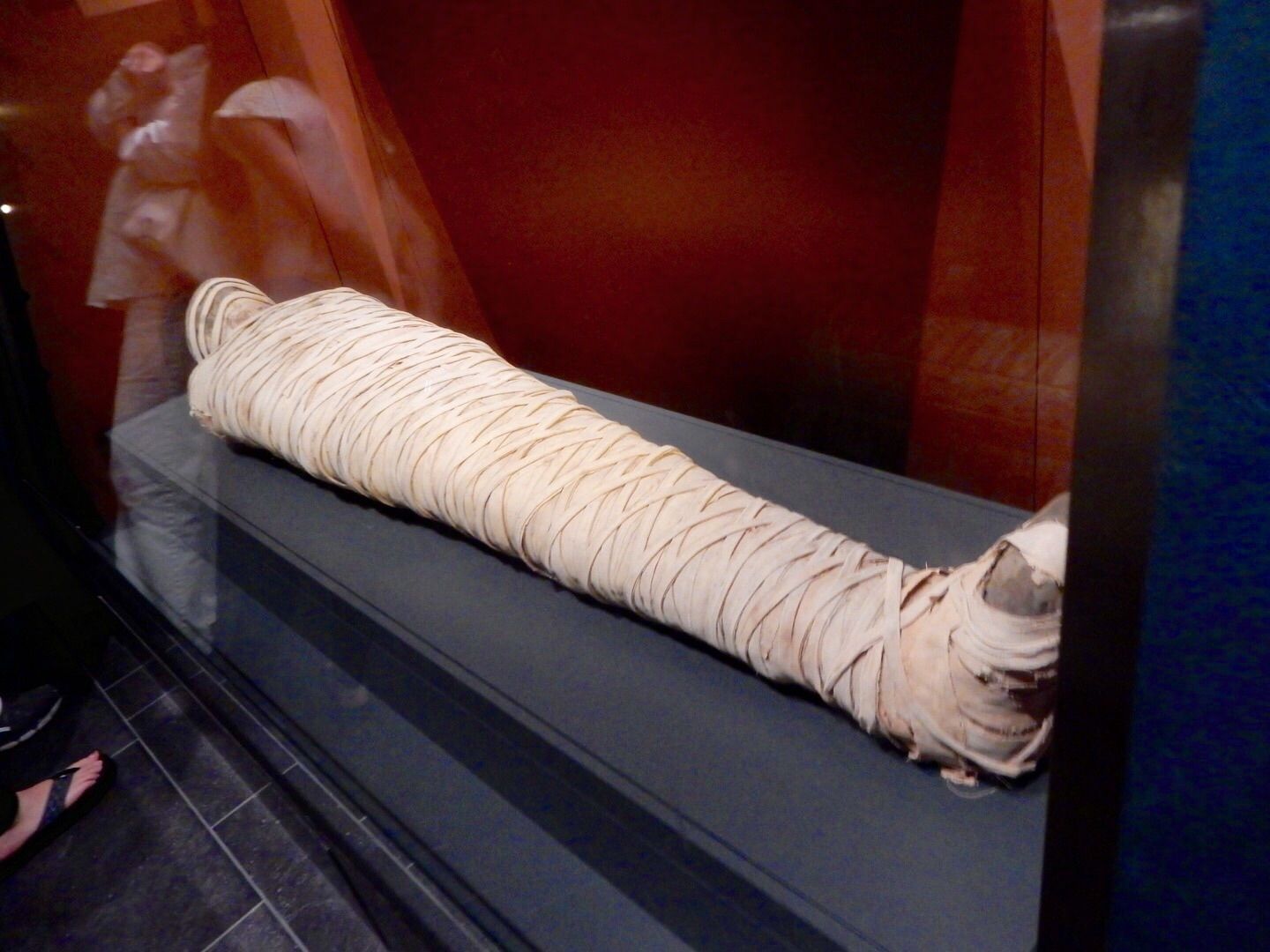
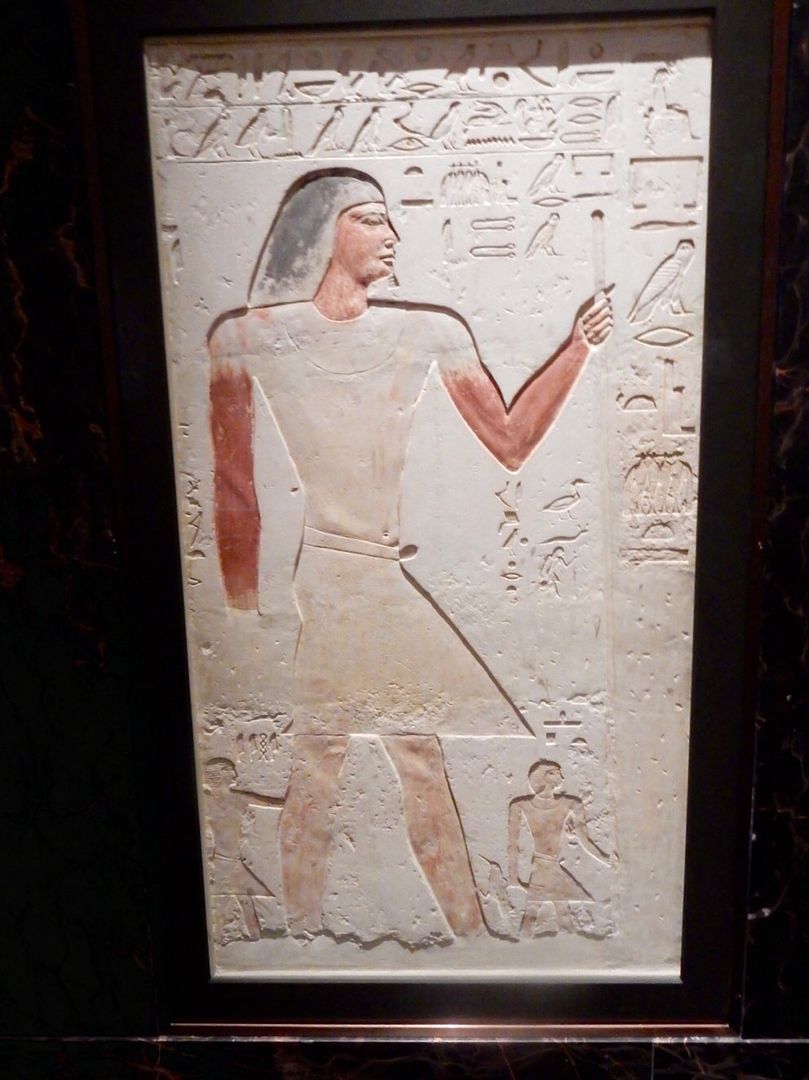


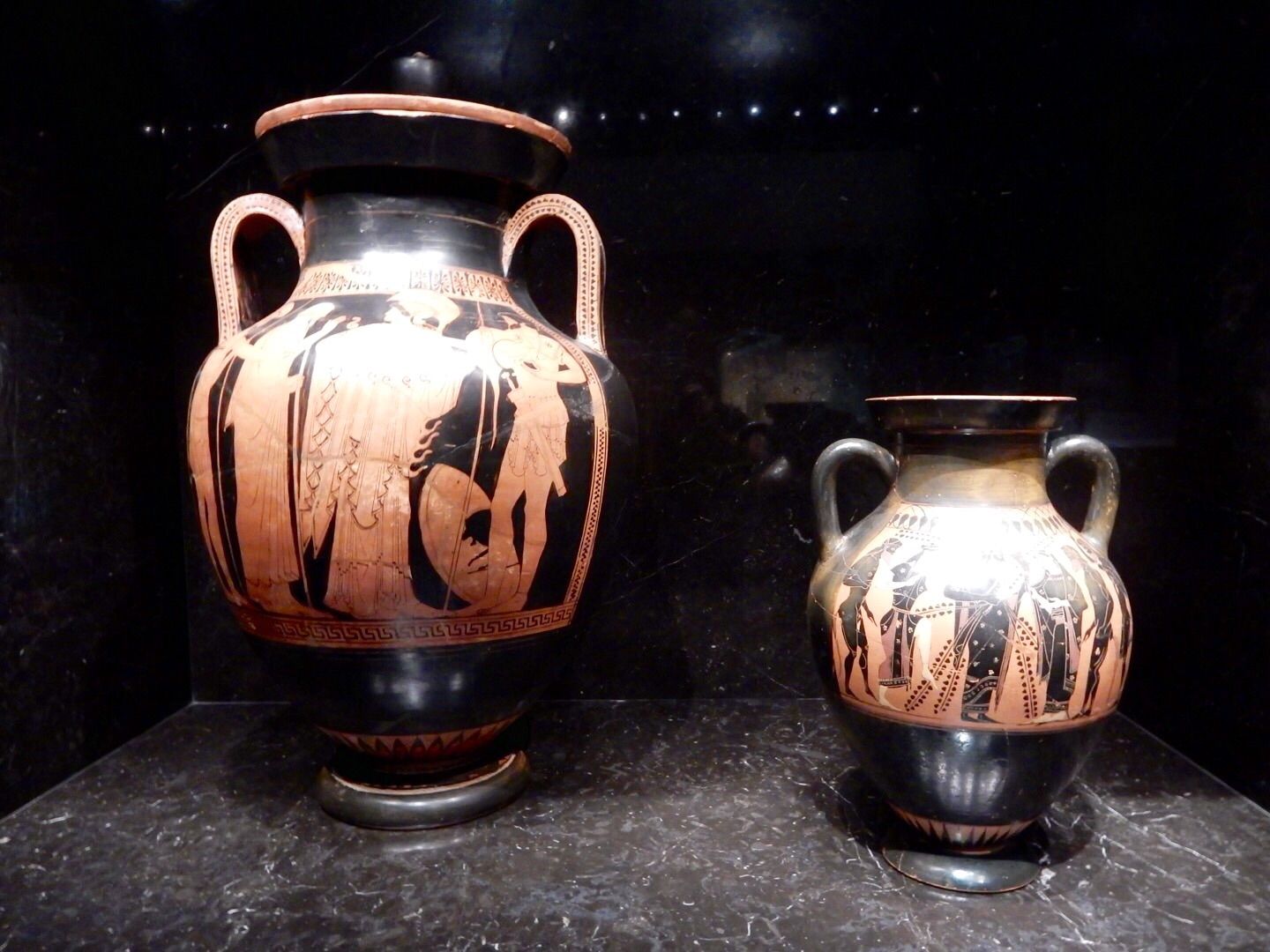
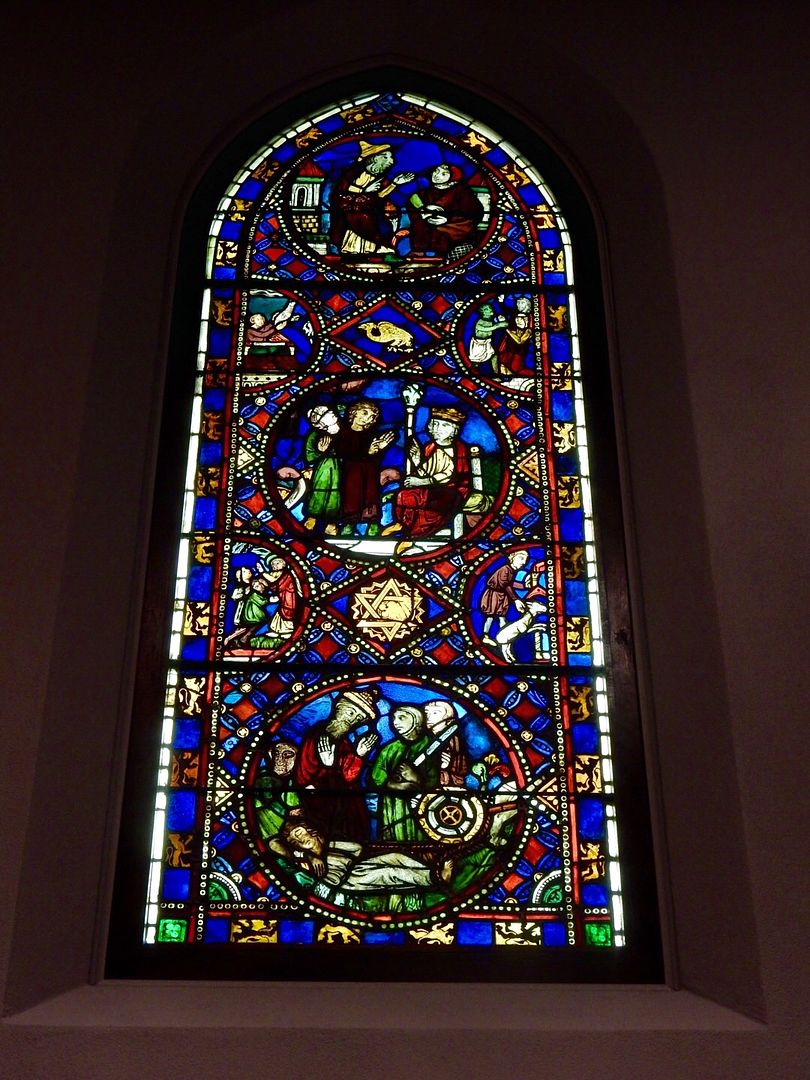
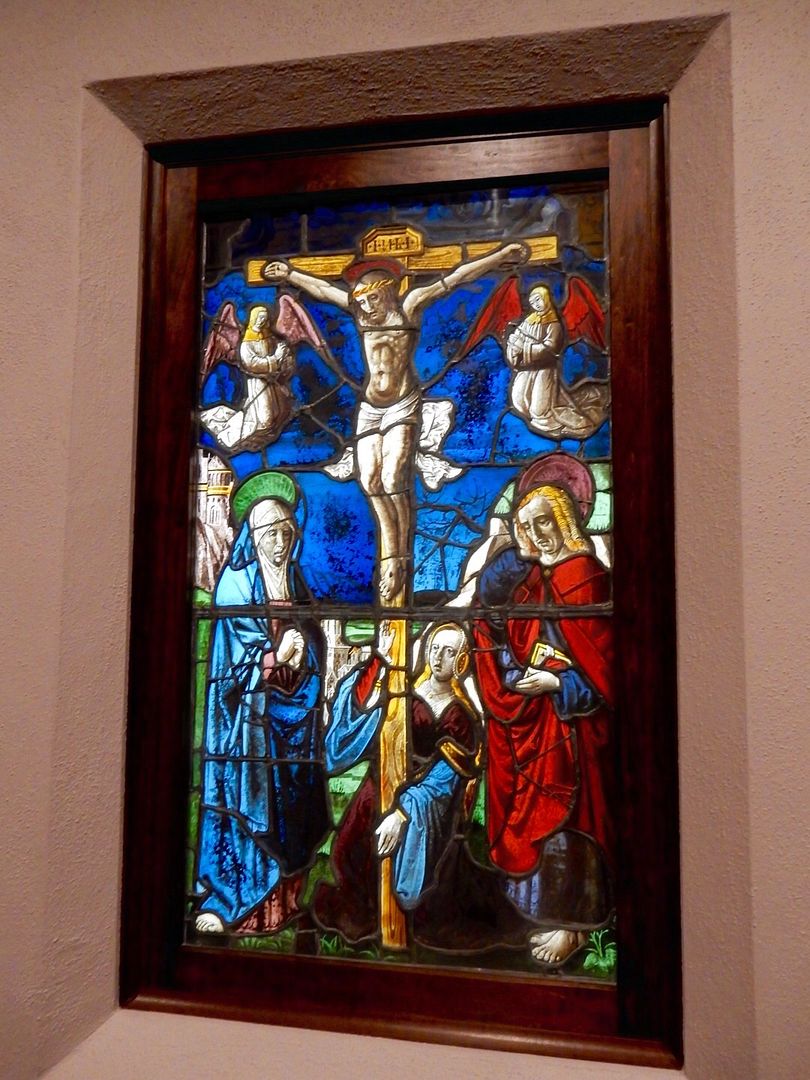
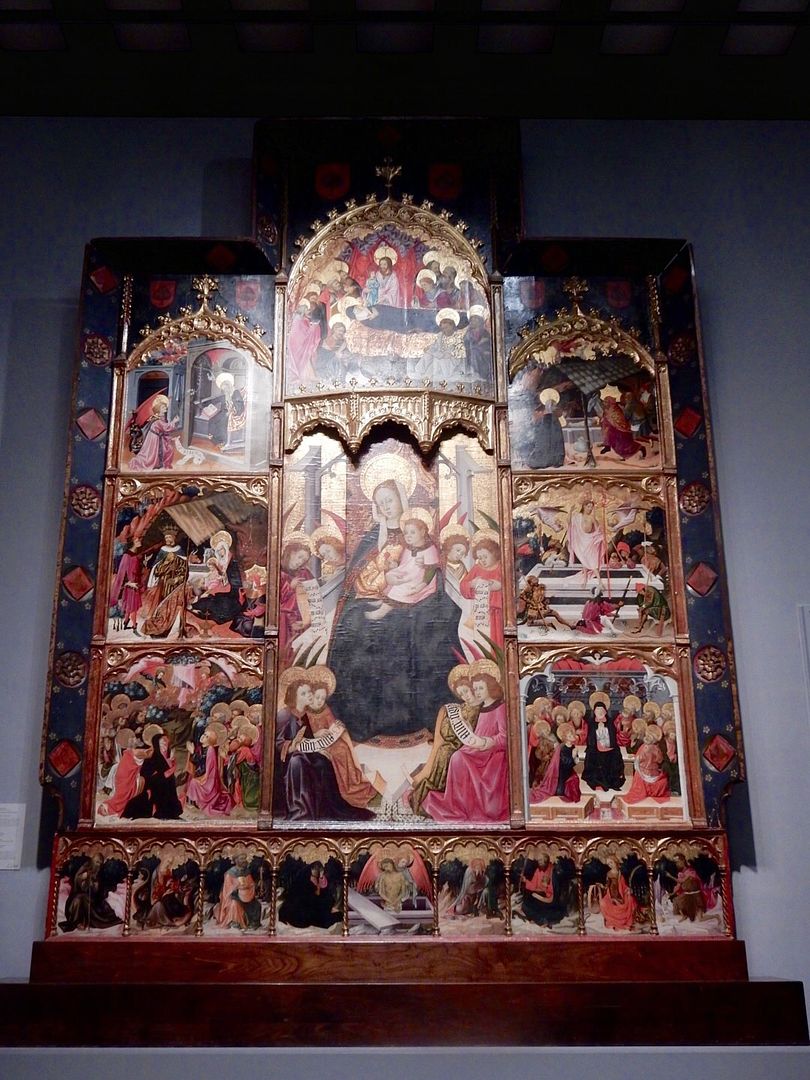
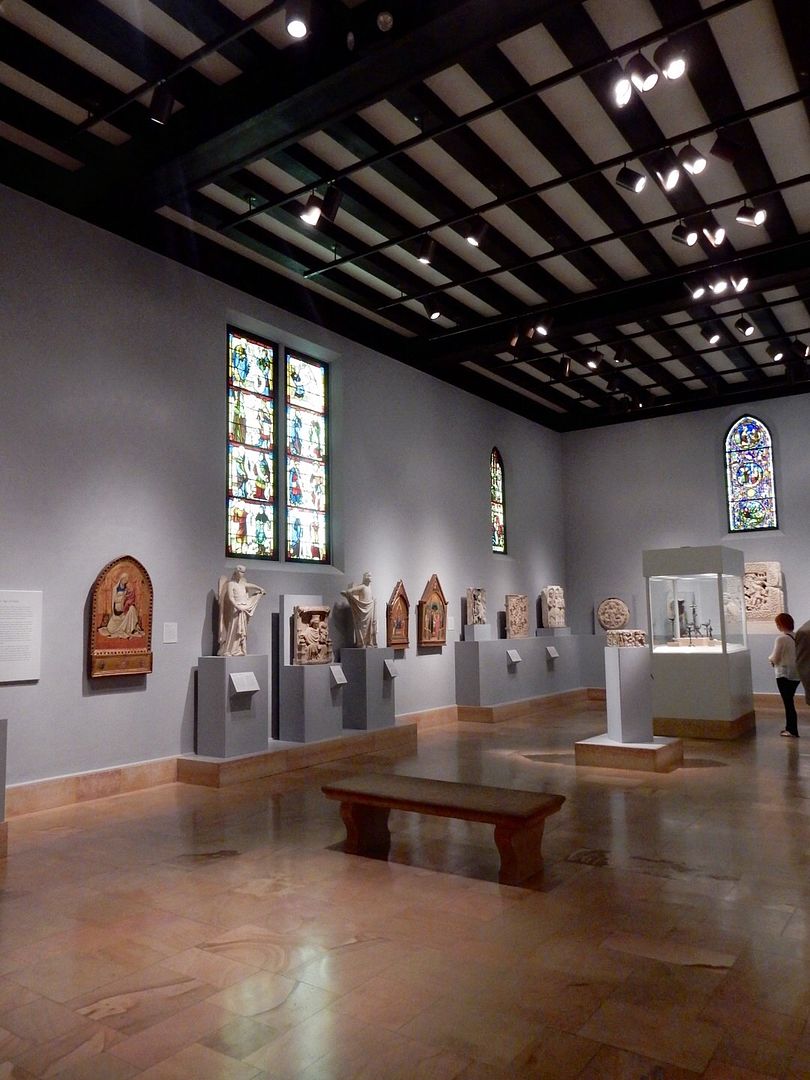

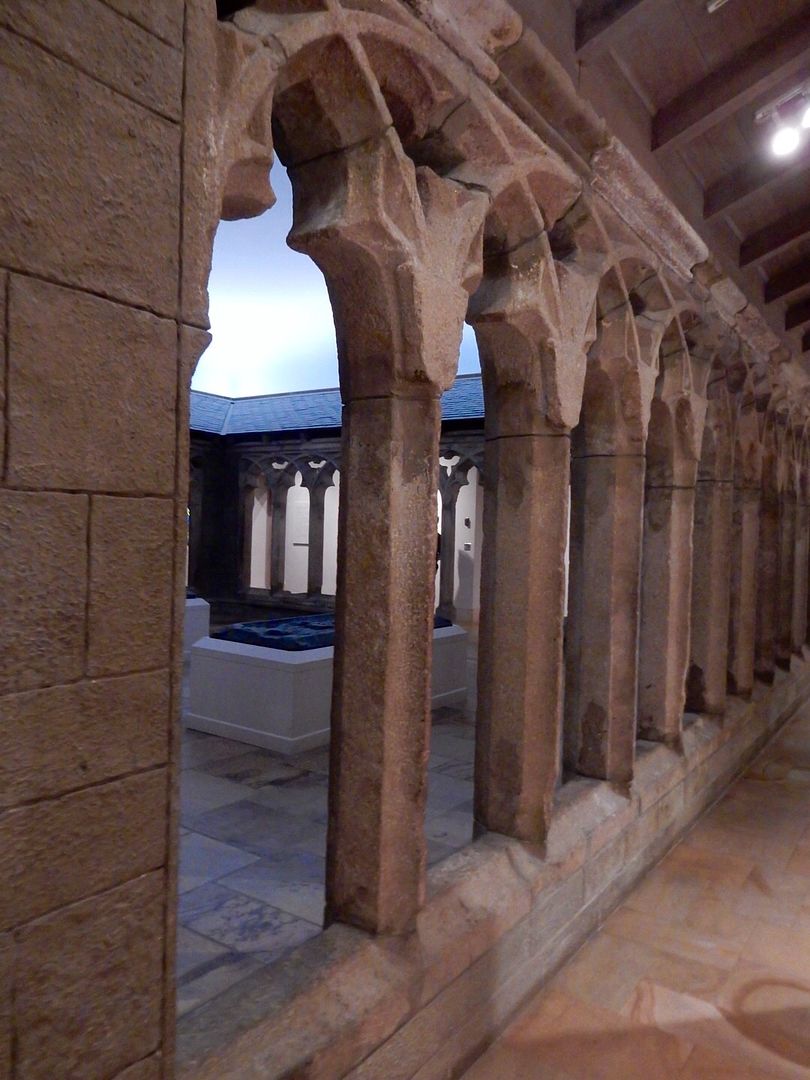
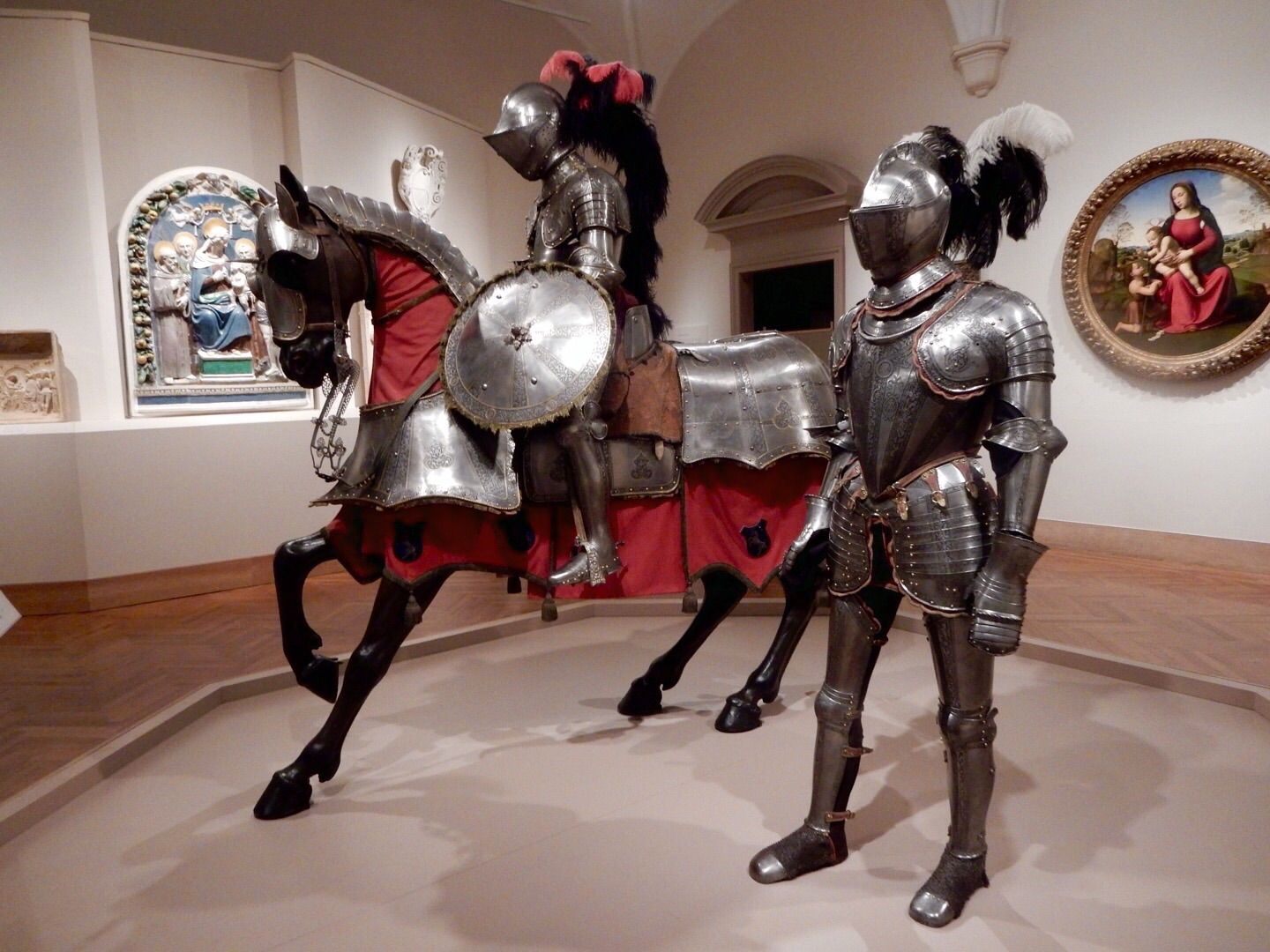
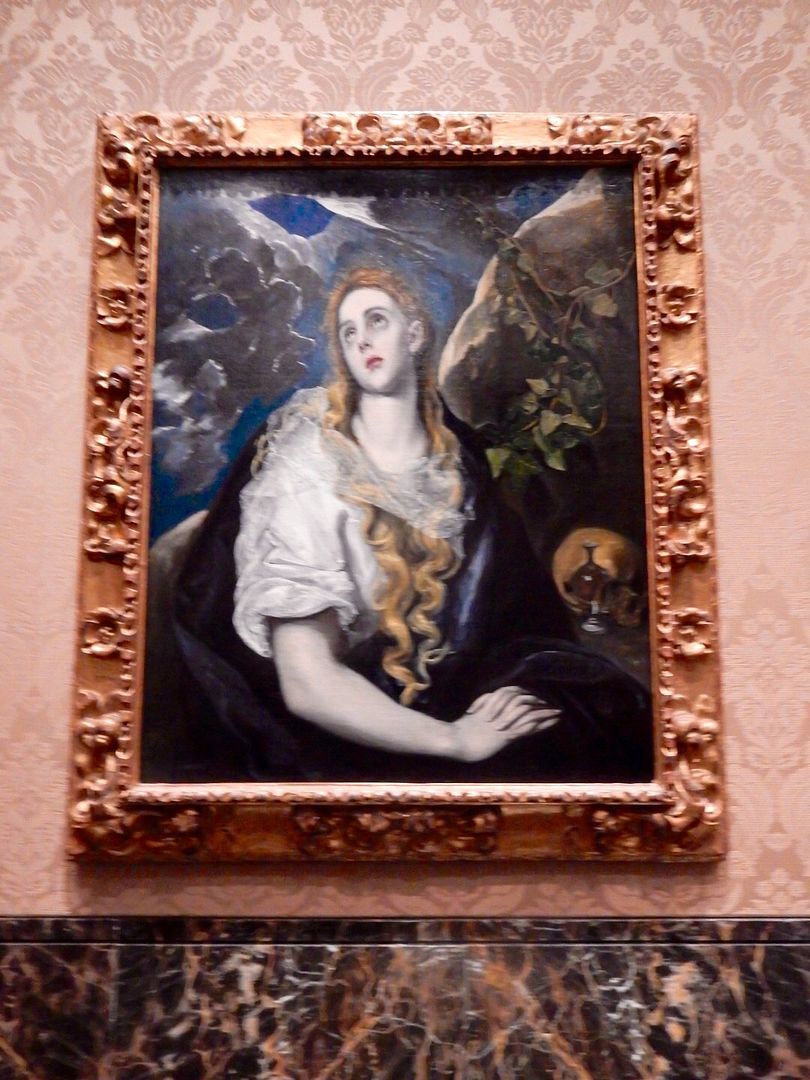


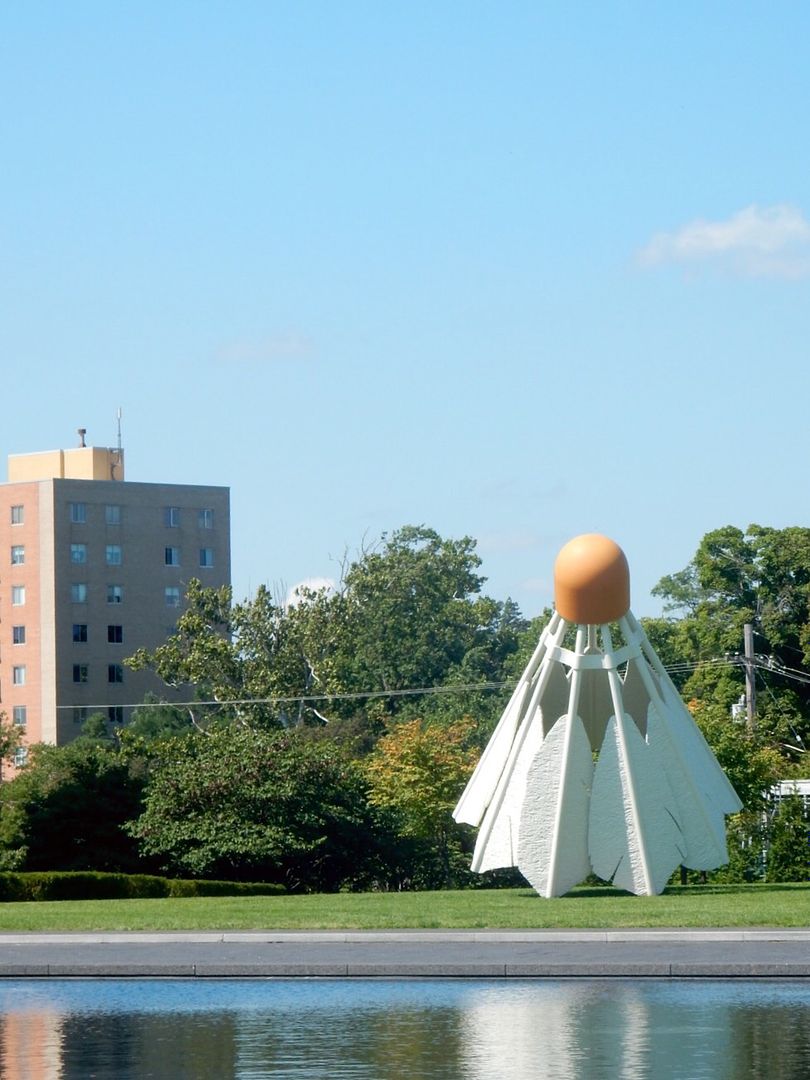
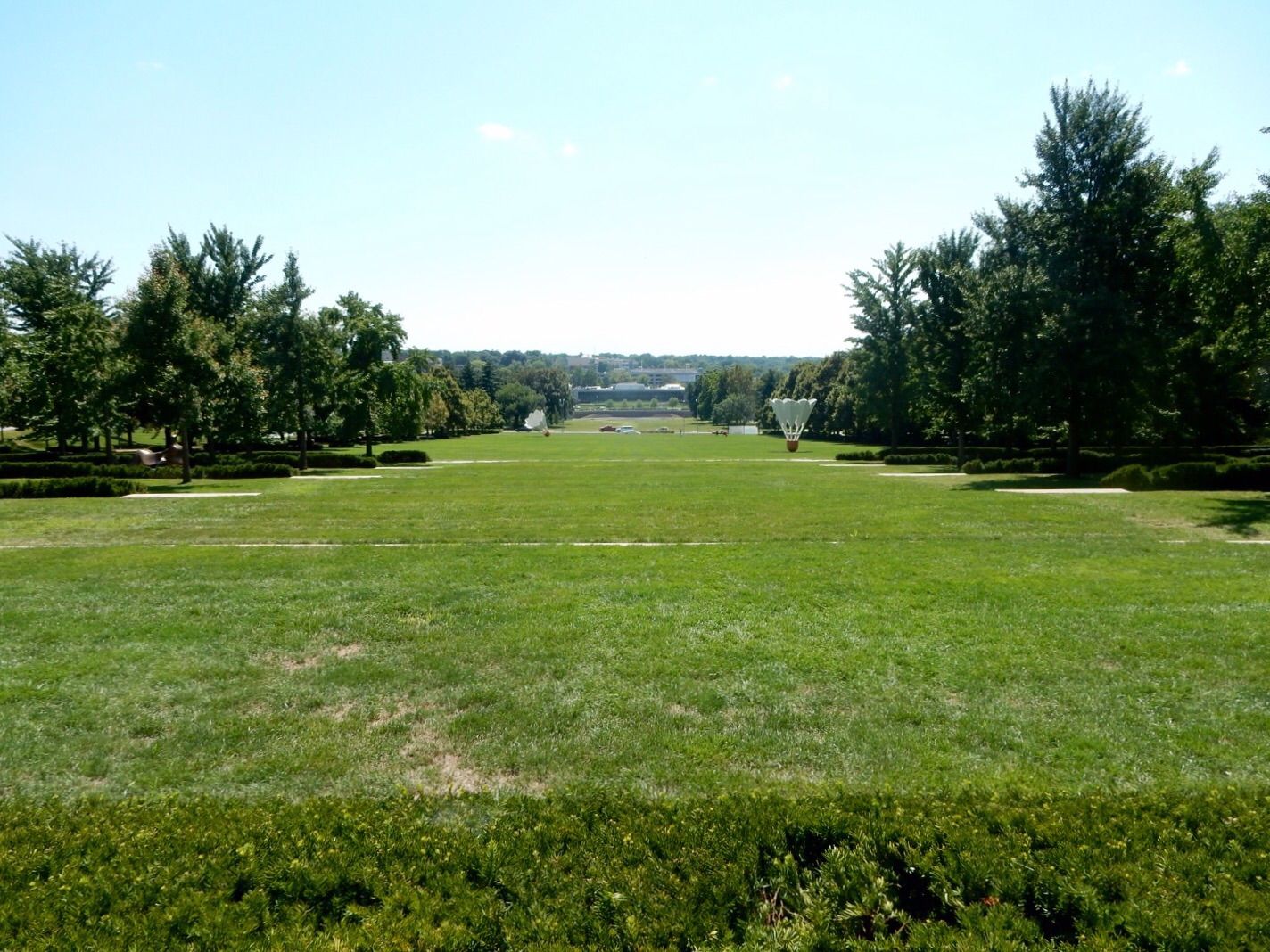
No comments:
Post a Comment